Heading into the newly opened Essex Chain Lakes Tract on a Sunday night with a mid-September forecast for 30 degrees should be a guarantee of solitude. It almost was. With only one other camping party on Third Lake, I had the Essex Chain Lakes Complex to myself.
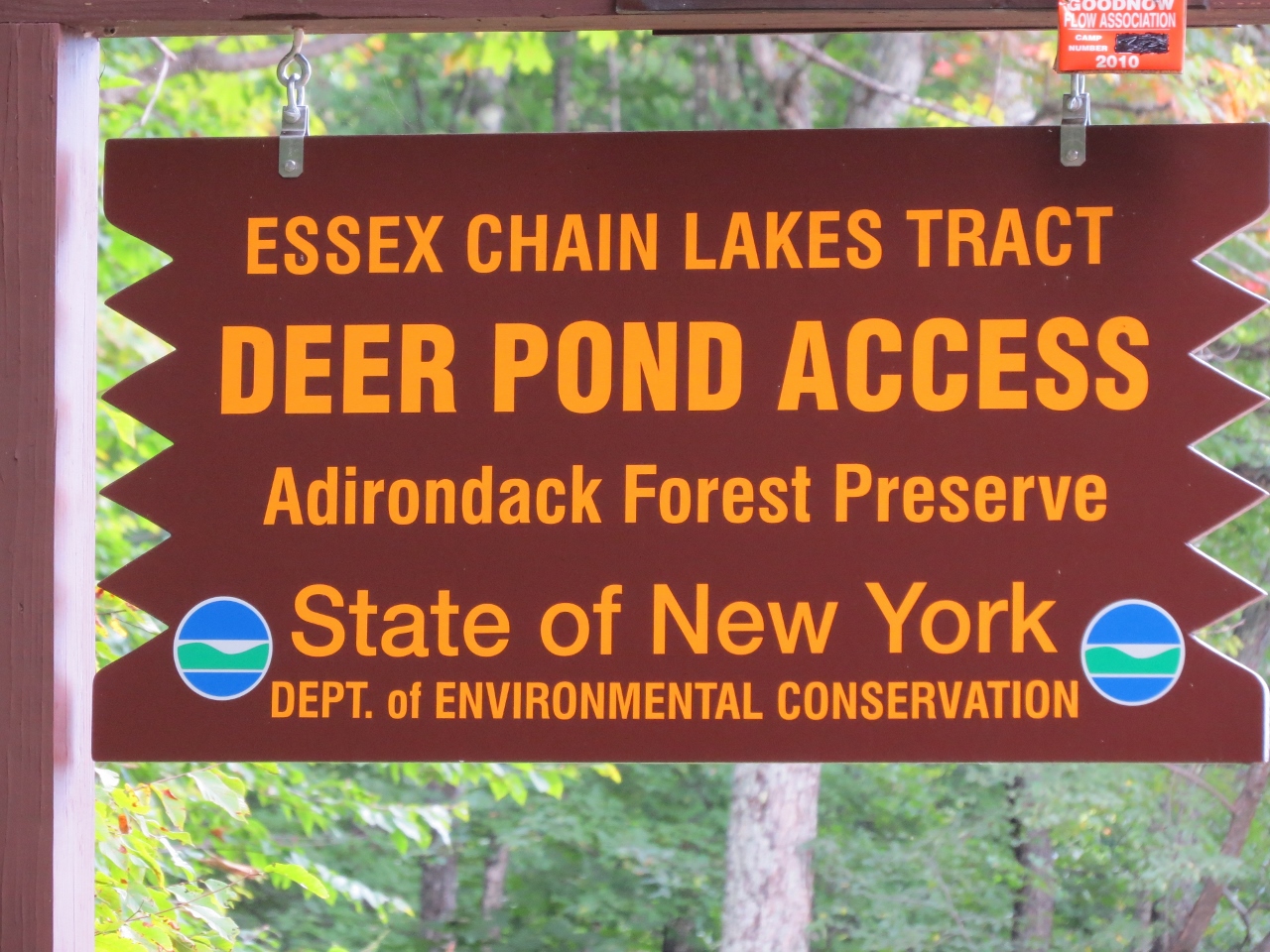
The carries
It was early afternoon when I reached the remote parking area for the Essex Chain Lakes, which opened to the public in July 2014. I was hoping to carry everything: my canoe, paddle, life jacket, camping pack, bear-proof canister, and water in one trip, but I changed my mind shortly into the first carry. There are two carries totaling three-quarters of a mile. The first quarter-mile carry begins on a dirt road. I had the canoe over my head and I was heavily weighed down by all of my gear. I made the decision to cut my load in half when I heard voices. A group of five men heading out struggled to get their boats up the hill from Deer Pond, and I could see that I had just walked past the carry trail down to the water because I had the boat over my head. Keep an eye out for that right hand turn!
I dropped my canoe on the shore of Deer Pond and went back for the rest of my camping supplies. It is a short canoe trip across the pond to pick up the next half-mile carry trail on the other side, which you can see. Once on the other side, the trail away from Deer Pond was uphill and muddy. It didn't last long before a right turn on an old, mostly level dirt road. Most of the half-mile carry is along this road before the left turn on a downhill trail to Third Lake. I took the boat first, and returned for the camping supplies. It took over an hour and a half from my arrival at the parking area until I was underway in my canoe on Third Lake.
Paddling east
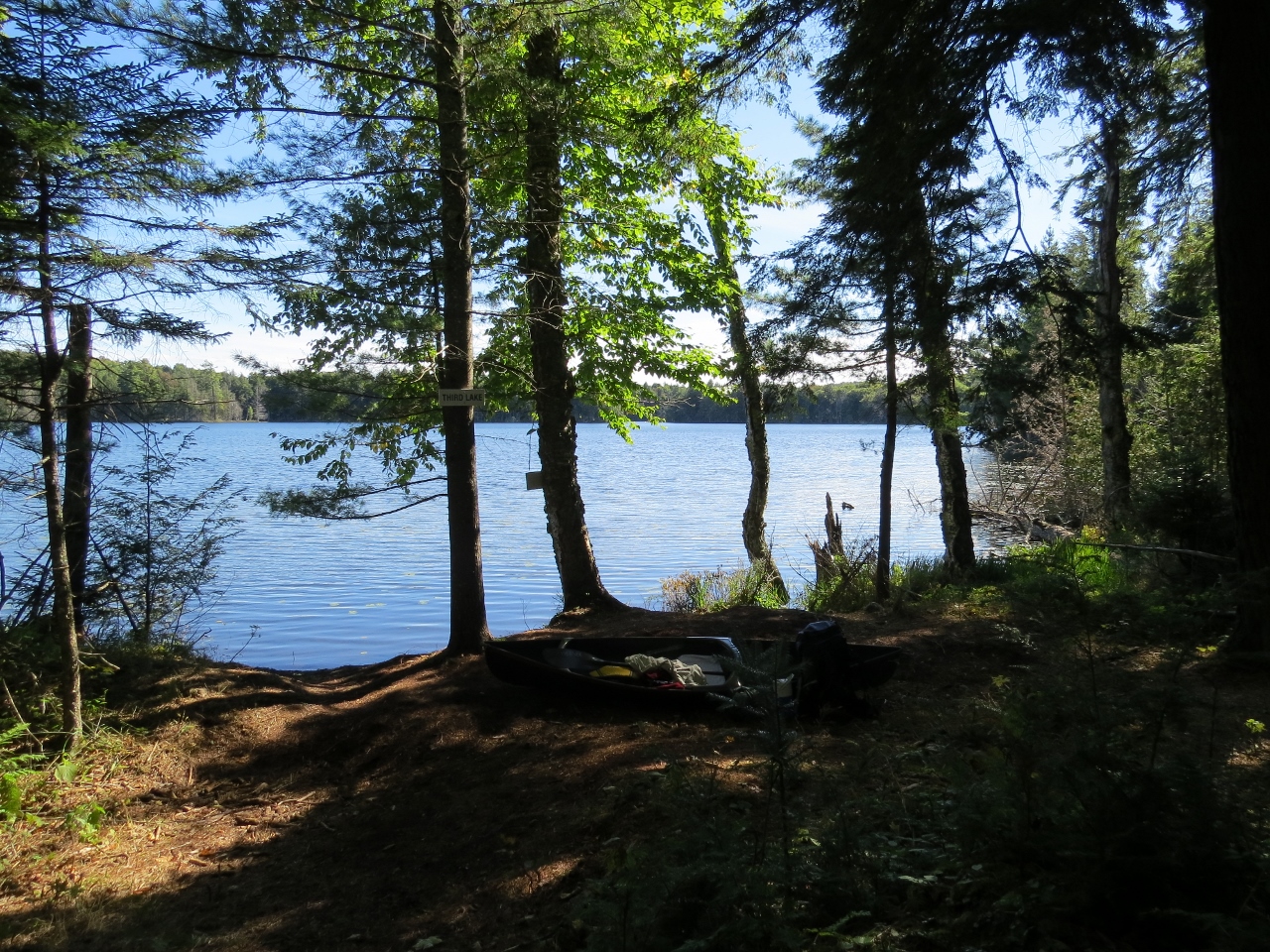
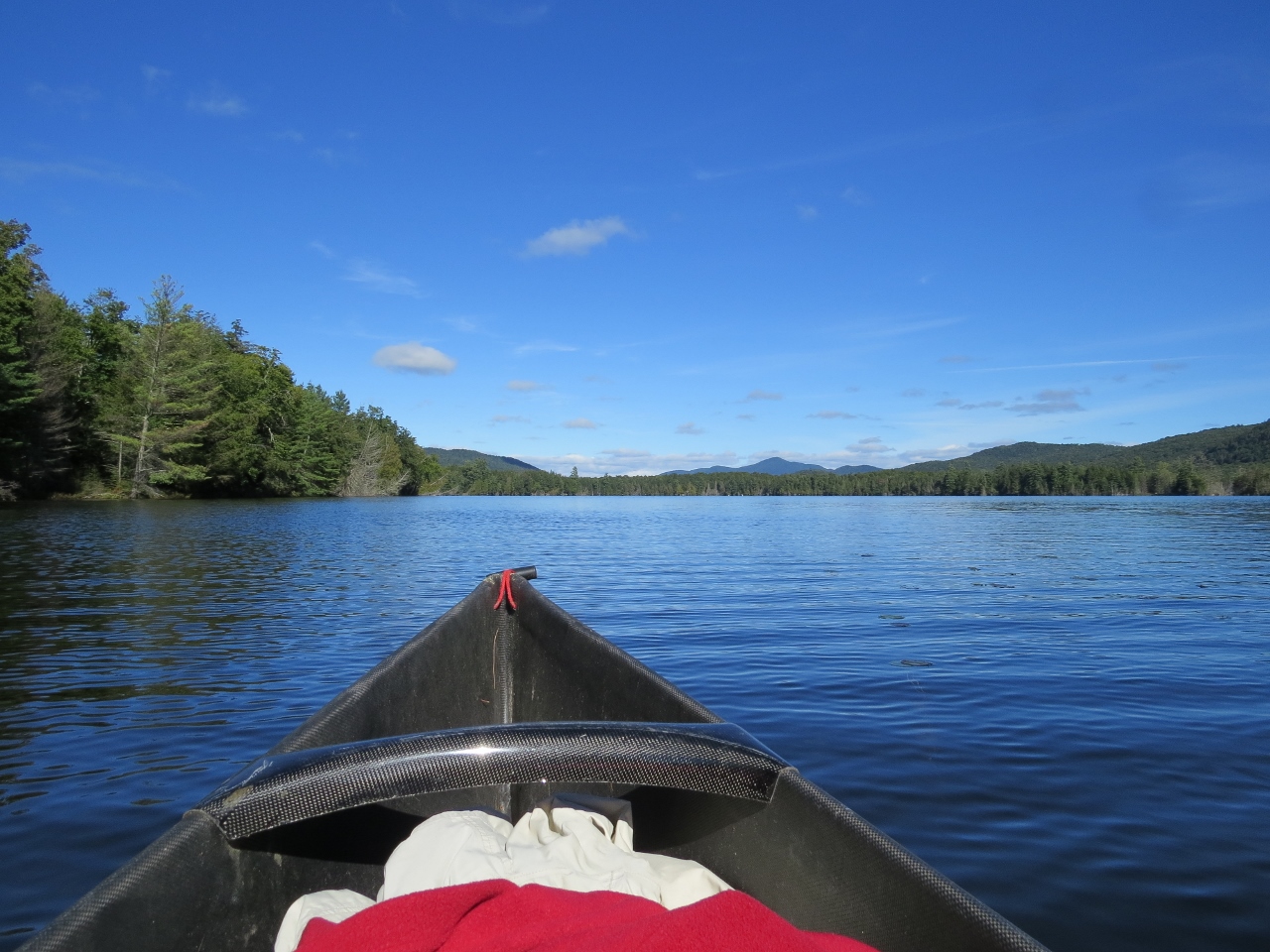
I had reserved campsite #2 on Sixth Lake, which is the most remote location in the chain. The carry trail ends at the western end of Third Lake, the largest in the chain of lakes. I began my paddle heading east. With my binoculars, I could see a Common Loon family way ahead; two adult loons and two large young. They dove and after several minutes, all four abruptly popped up like corks all around my boat! One of the loons vocalized loudly, making me jump. They were warning me to stay away, and I wondered if some of the visitors had been getting too close. The young loons were still being fed by the adults. I counted six loons on Third Lake before the transition to Fourth Lake.
A group of Common Mergansers swam among the water lilies, and I lost track of how many beaver homes I observed in the transitional locations between the lakes. The water lilies were beautiful and at the Essex Chain Lakes, they were everywhere.
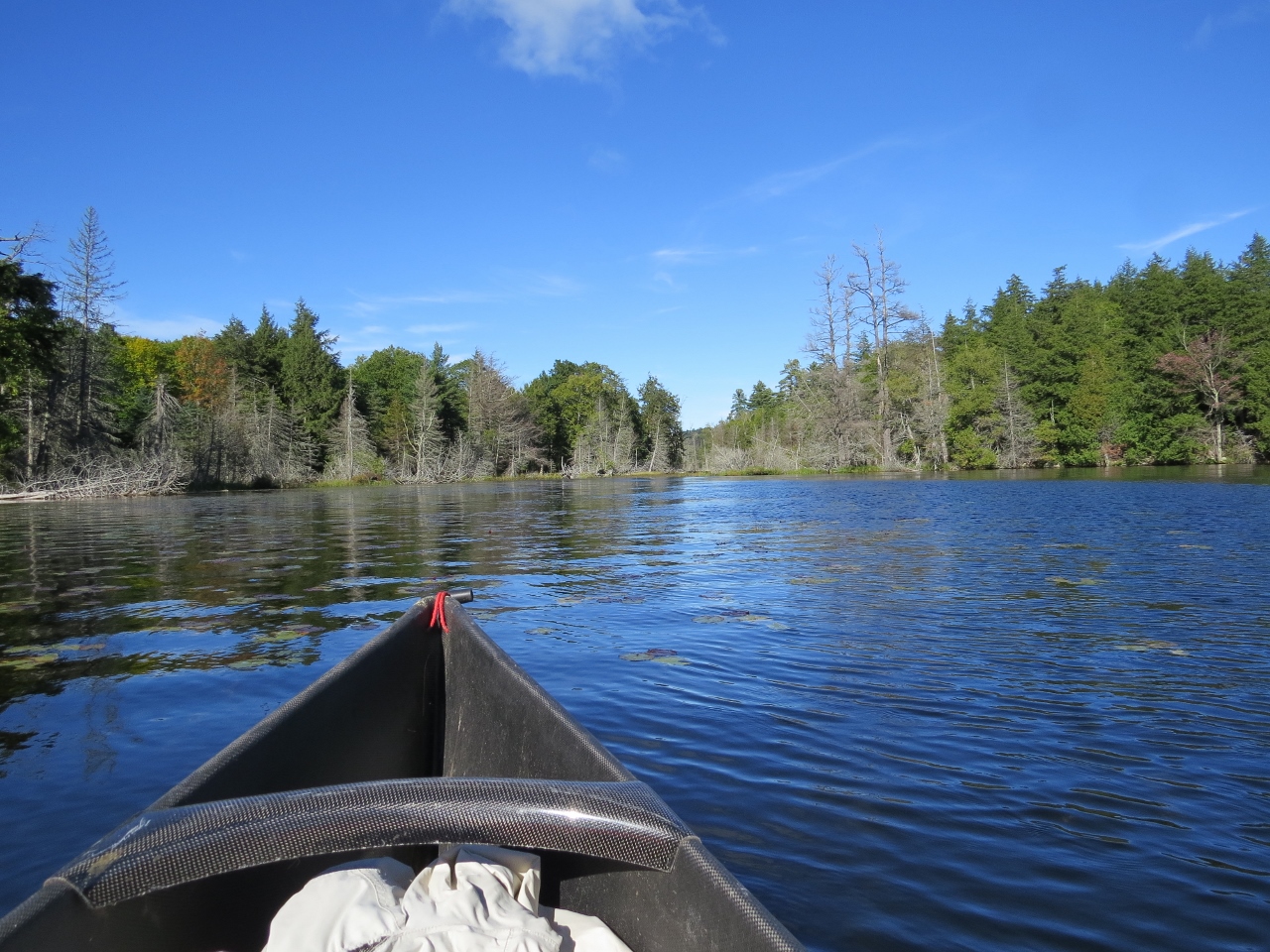
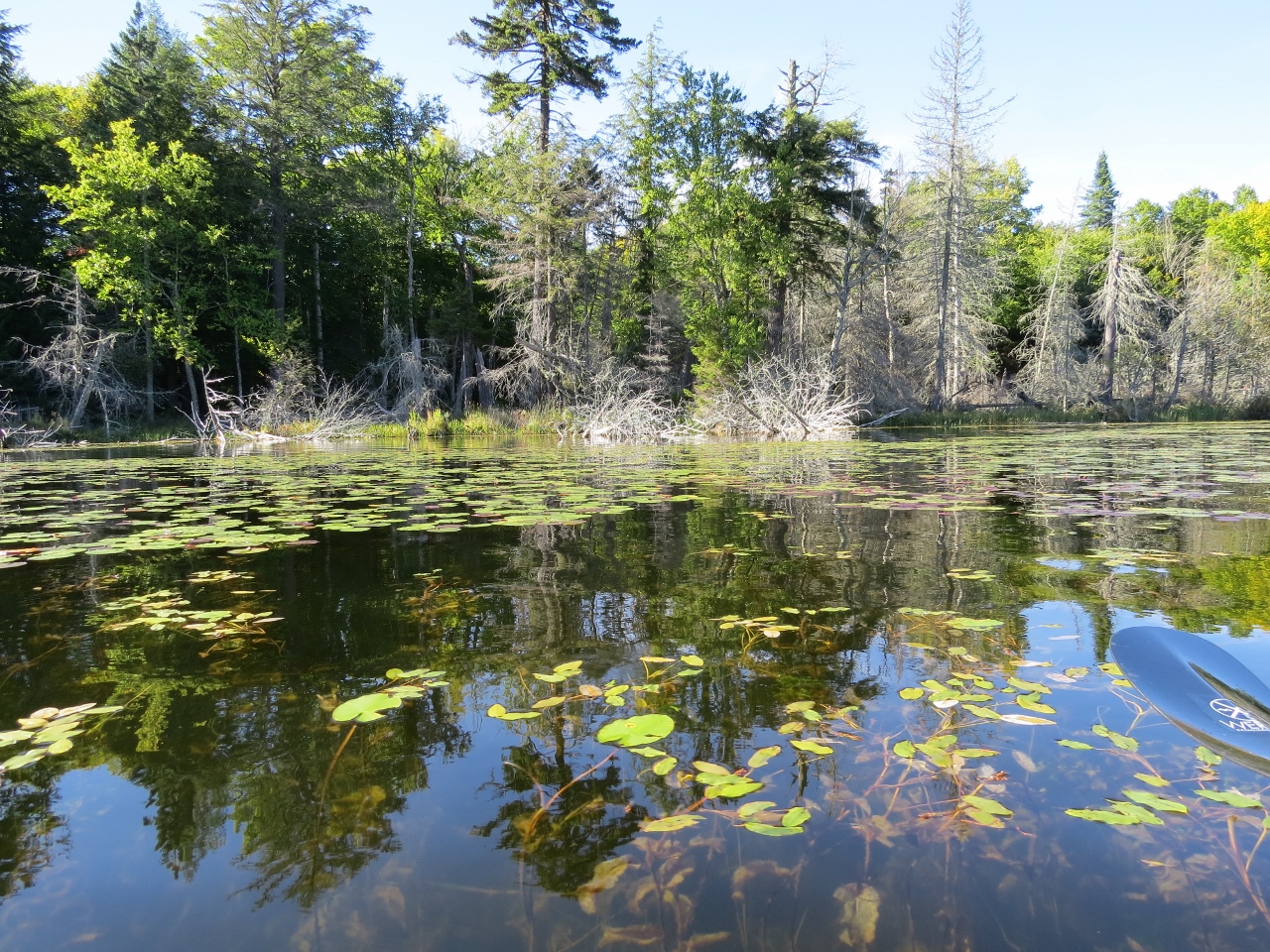
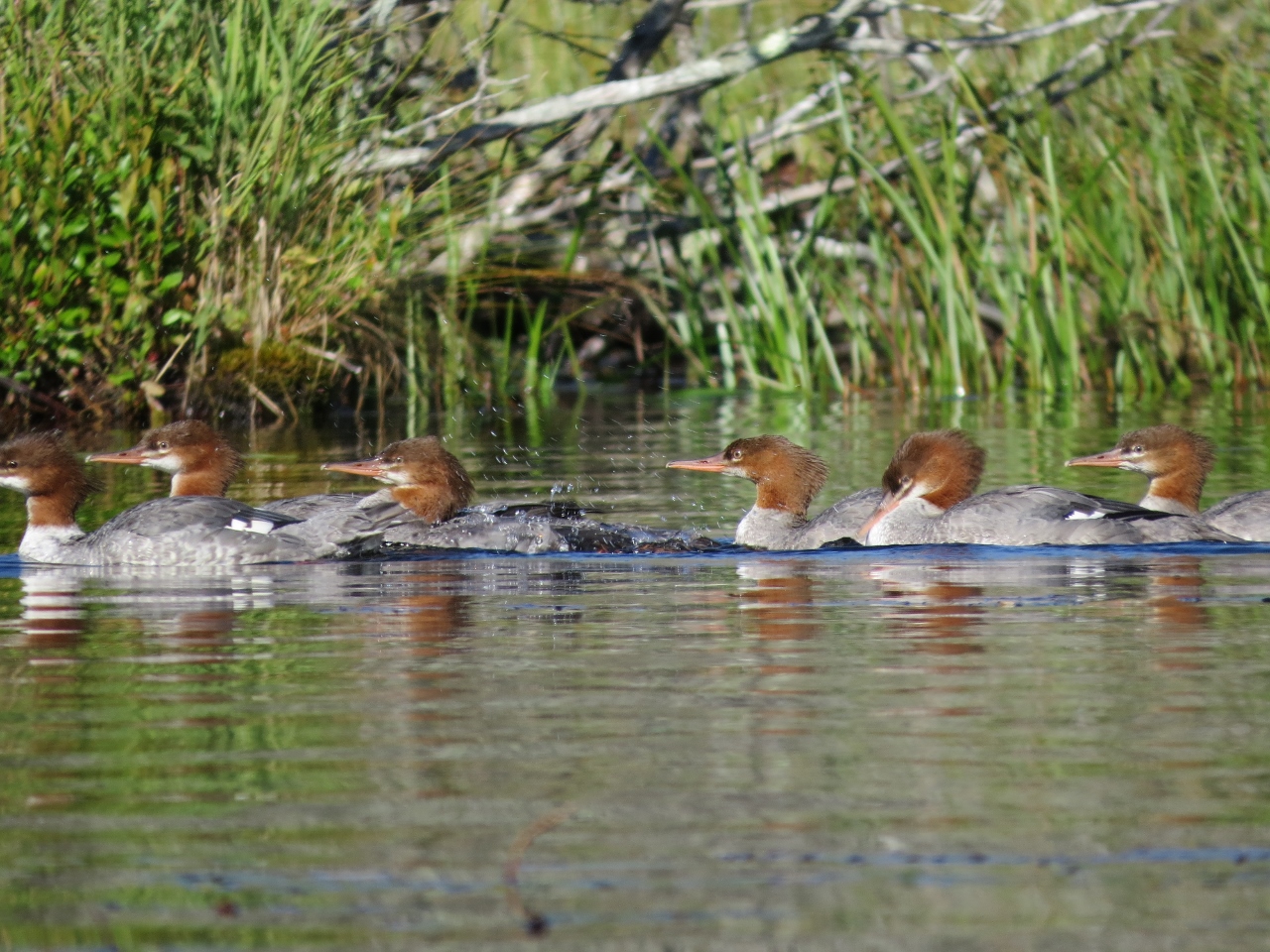
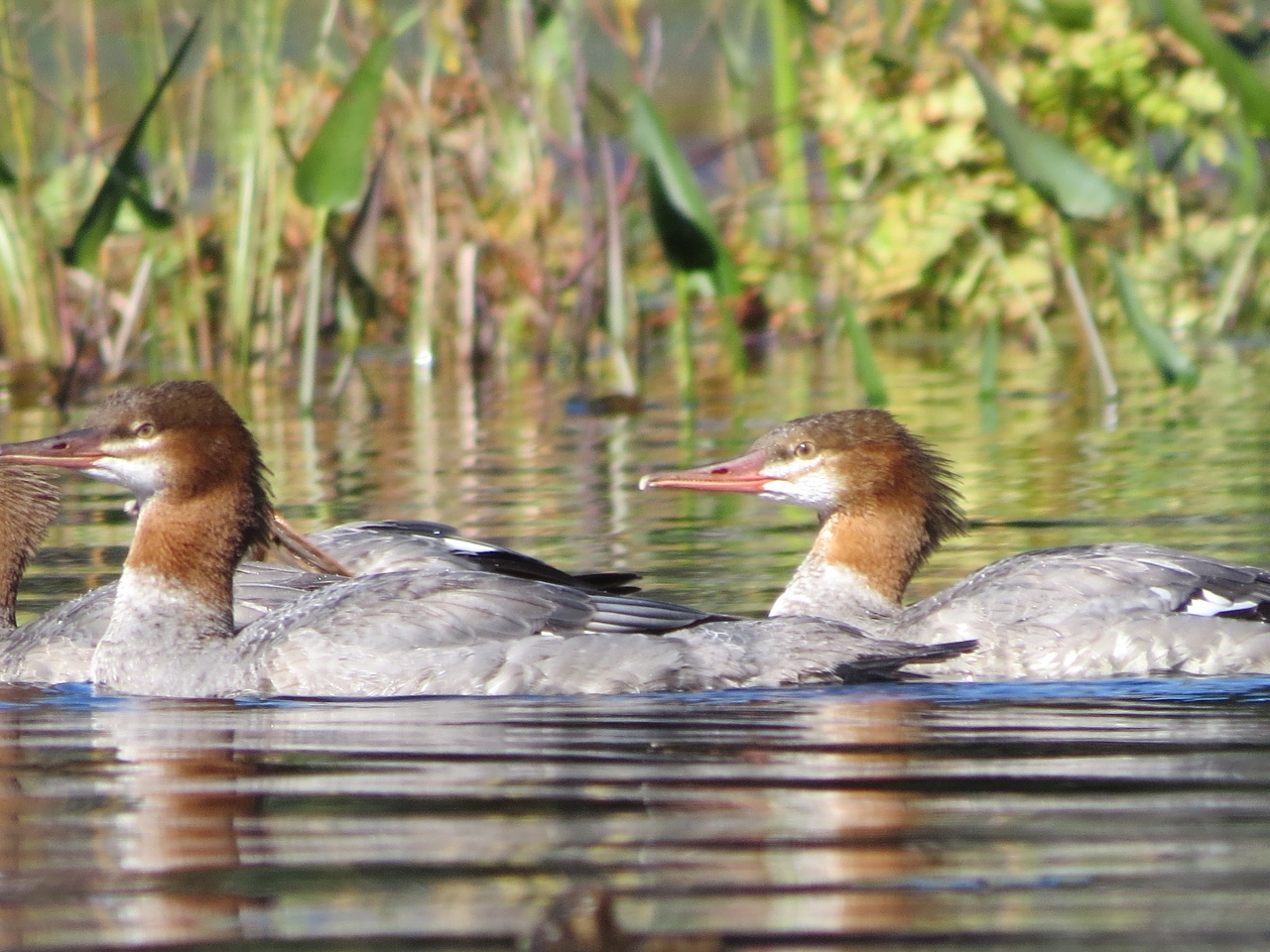
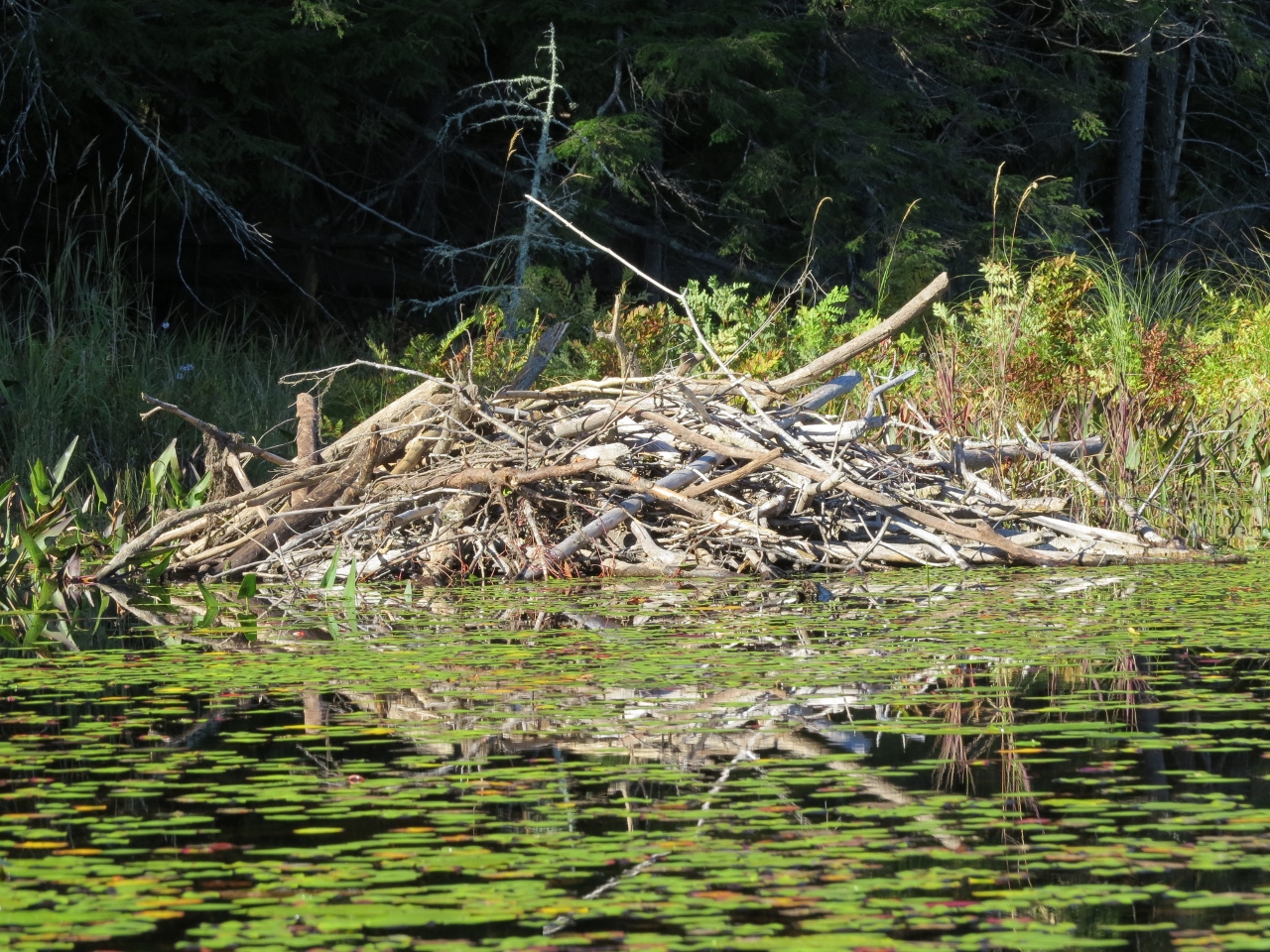
Fourth Lake was small and intimate. A Belted Kingfisher loudly fished along the shoreline. As I approached the large culvert that connects Fourth and Fifth lakes under a dirt road, I wondered how I would be able to use my paddle when it wouldn't fit. As I got closer, I could see that a rope was hung with knots all along the length of the pipe. Paddlers simply pull themselves through! In case of high water, it may be necessary to get out and pull your boat over the road. But on this day, I pulled myself through the dark pipe and out into the larger world of Fifth Lake. I immediately spotted yet another Common Loon family with two young, also still being fed by the adults.
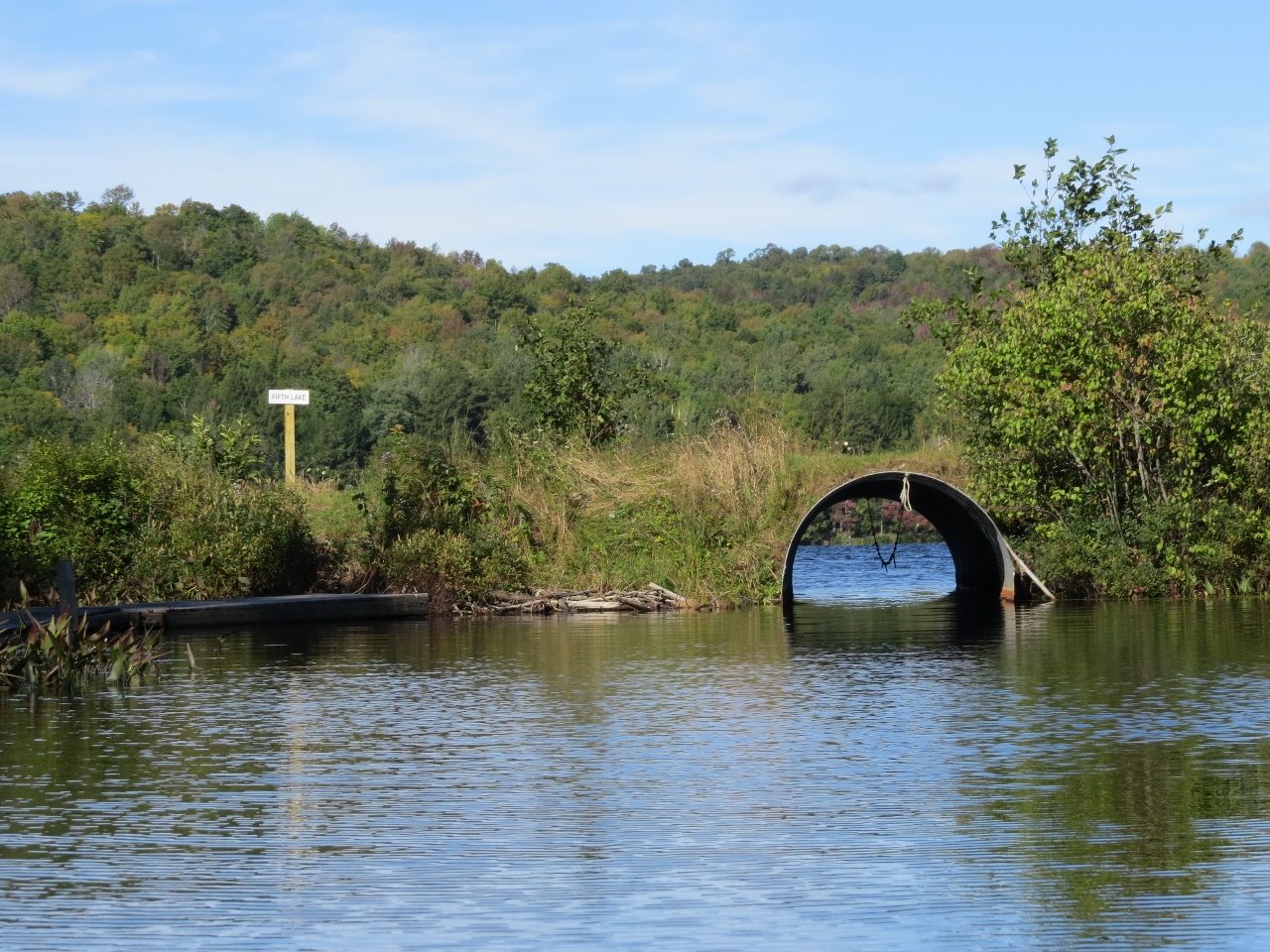
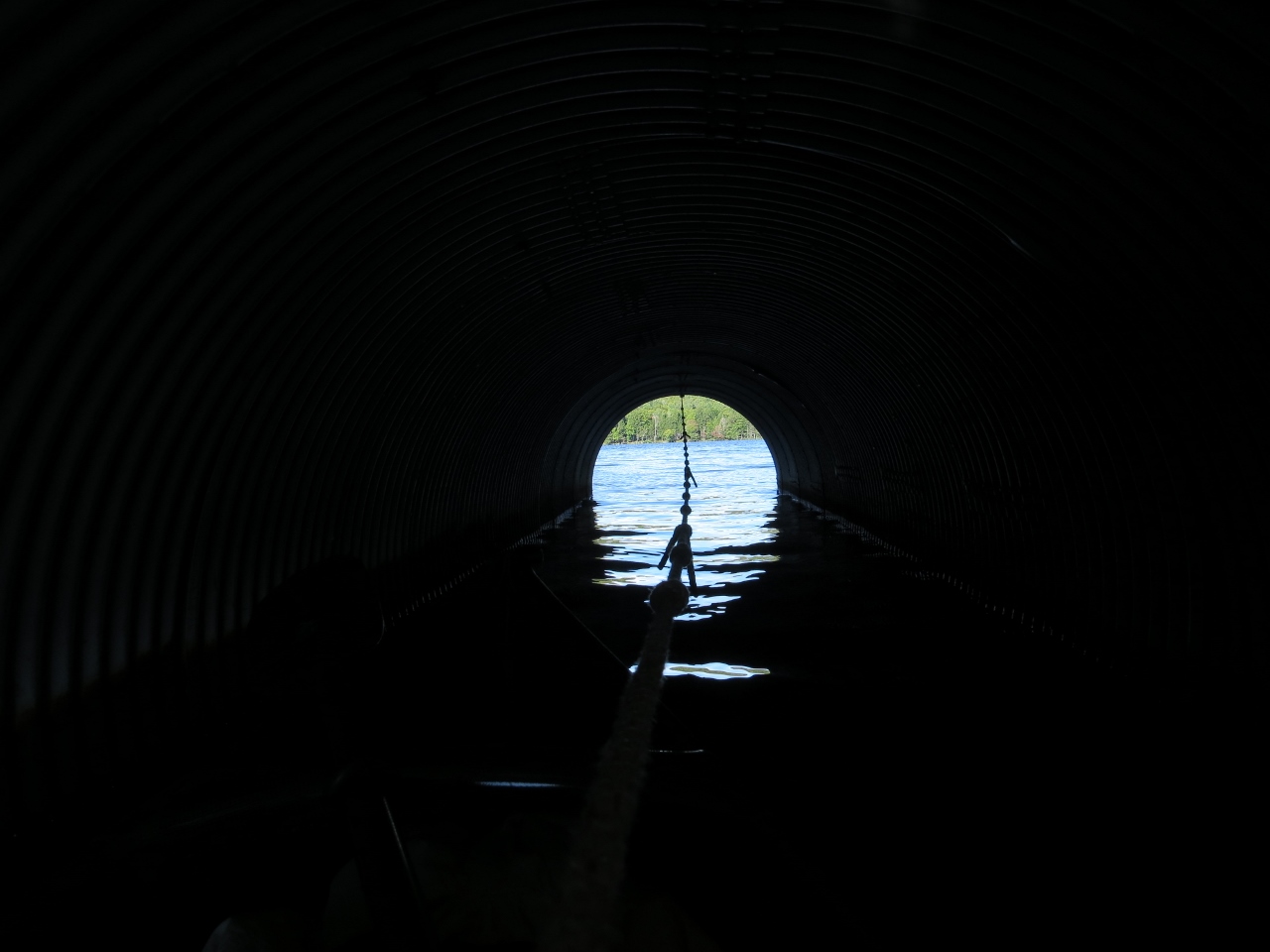
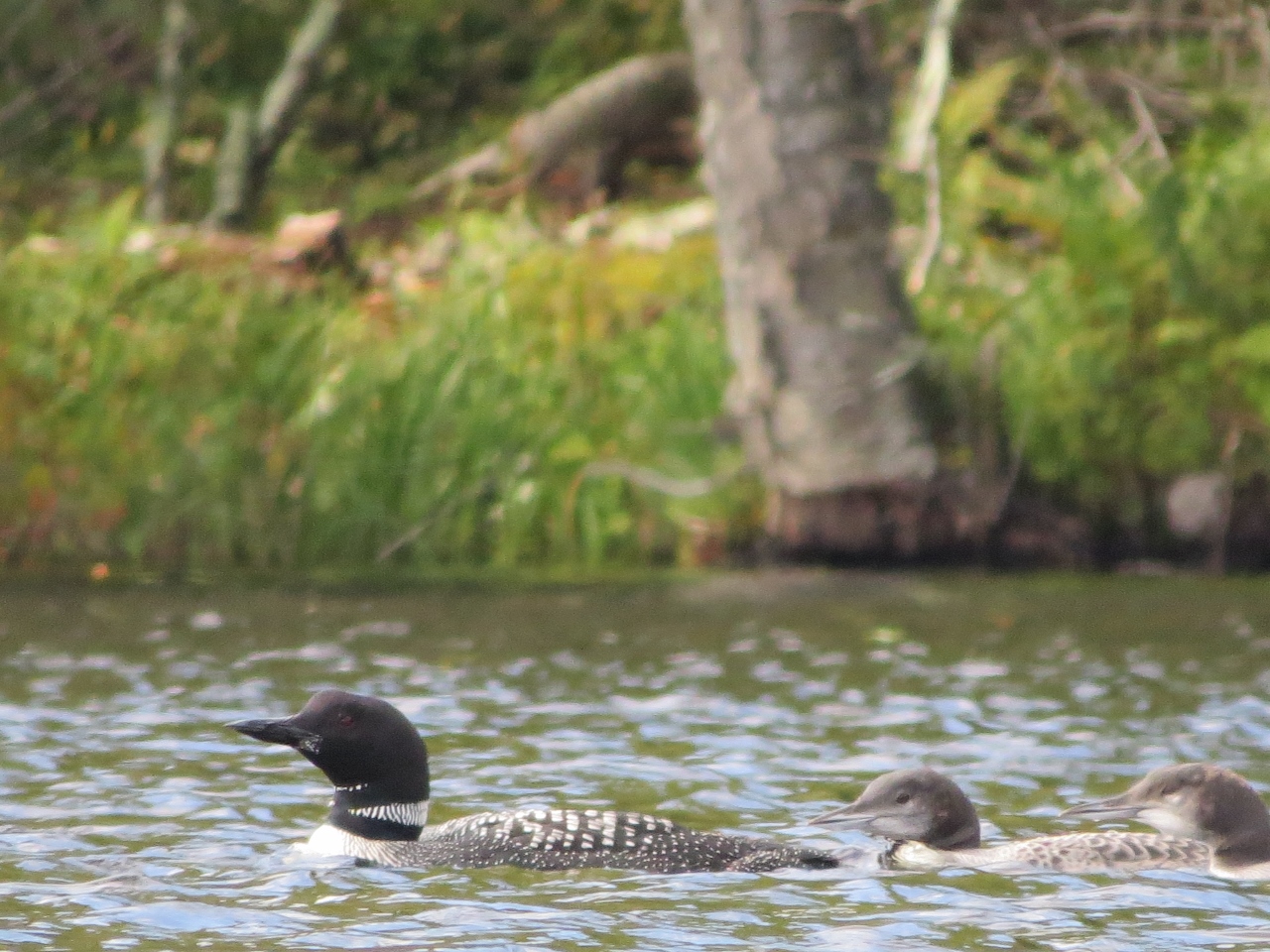
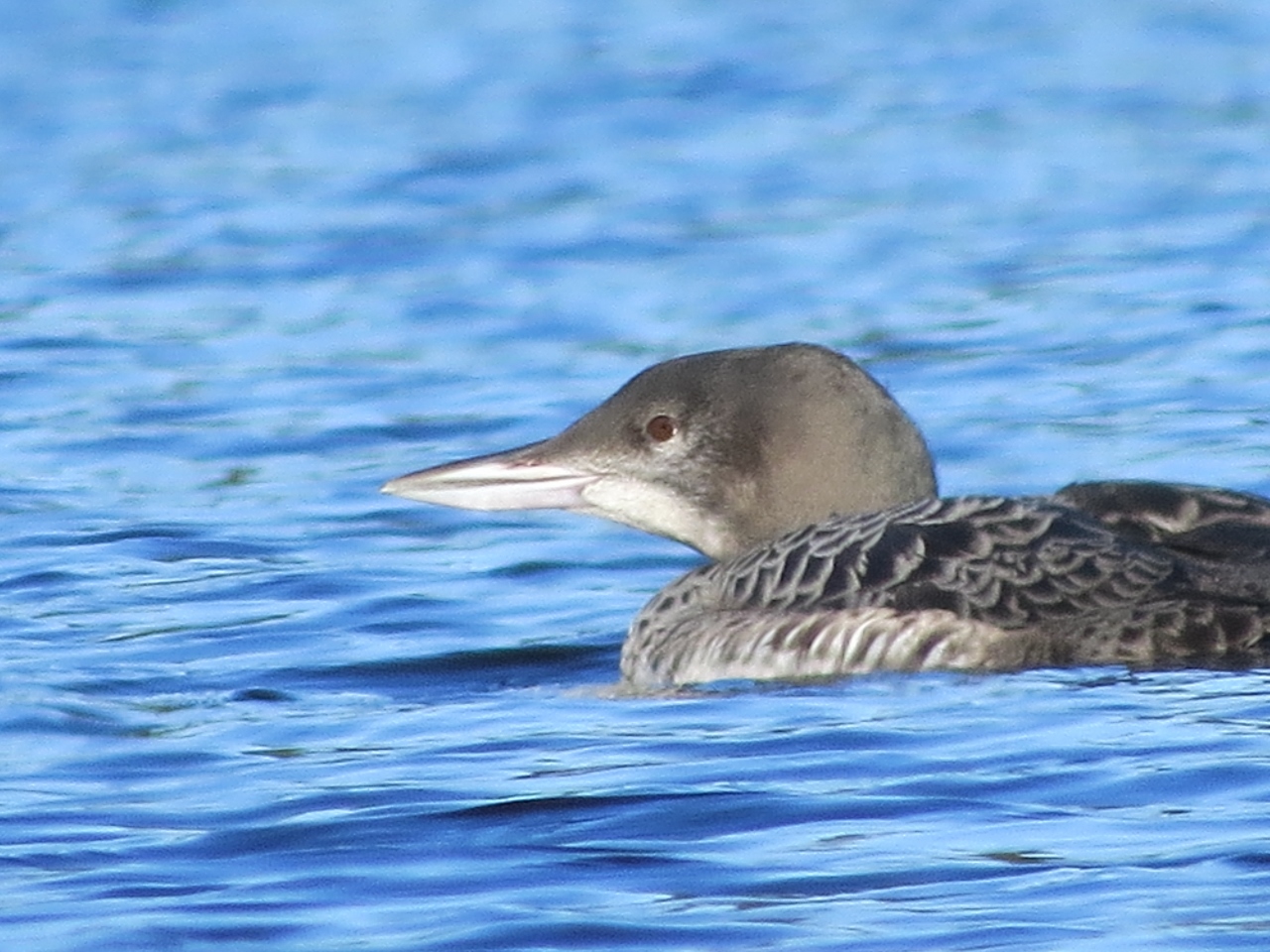
The long, narrow connection from Fifth to Sixth Lake was like another world. It was filled with water lilies, aquatic wildflowers, and floating mats of dirt that seemed unconnected to the earth below. I felt bad boating through the lilies, but it was unavoidable in reaching Sixth Lake. A friend who canoed in this area earlier in the season, when most birds are still nesting, said he heard Olive-sided Flycatchers here. The habitat was perfect for them with its beaver-created wetlands and dead snags for perching.
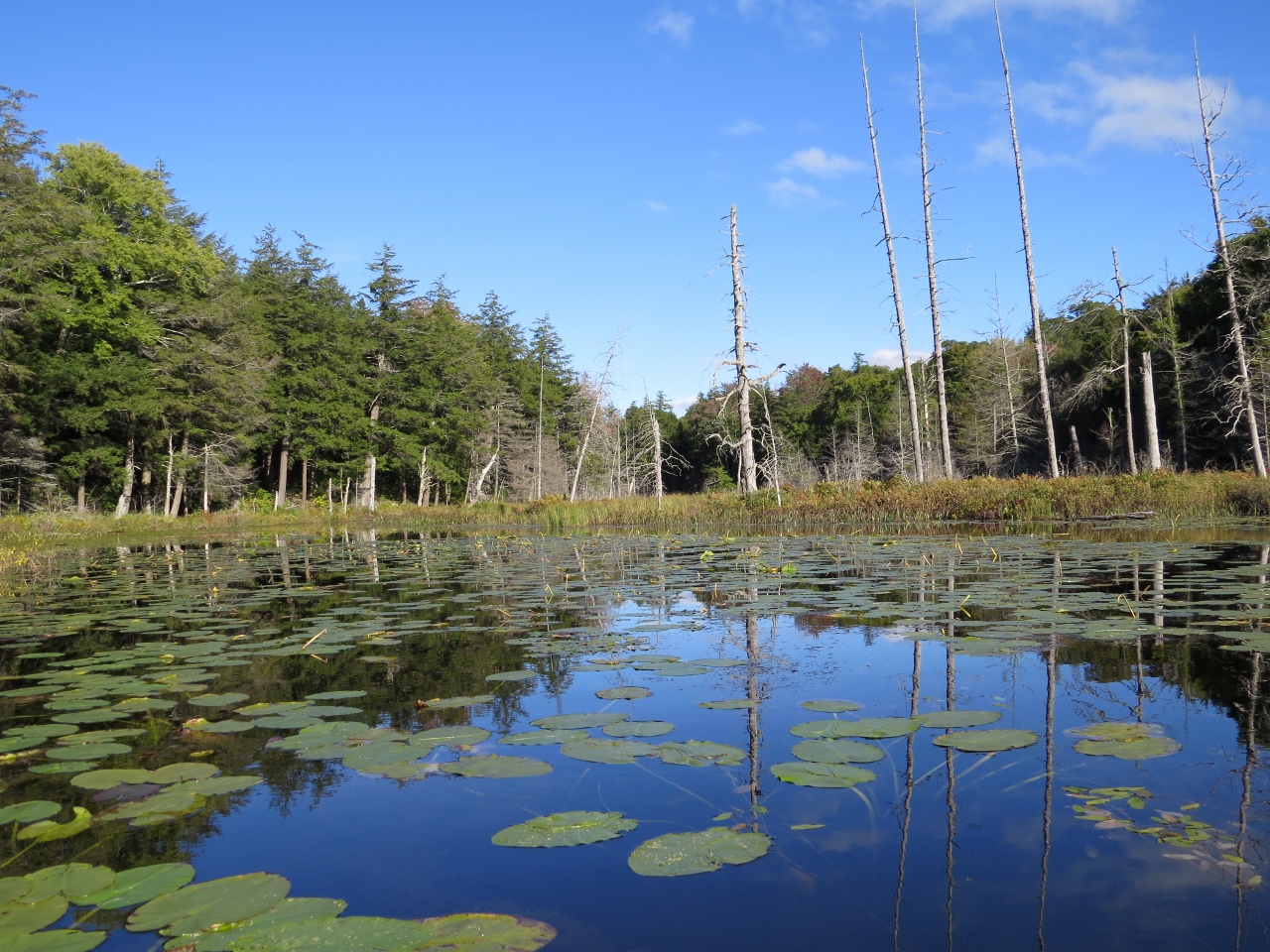
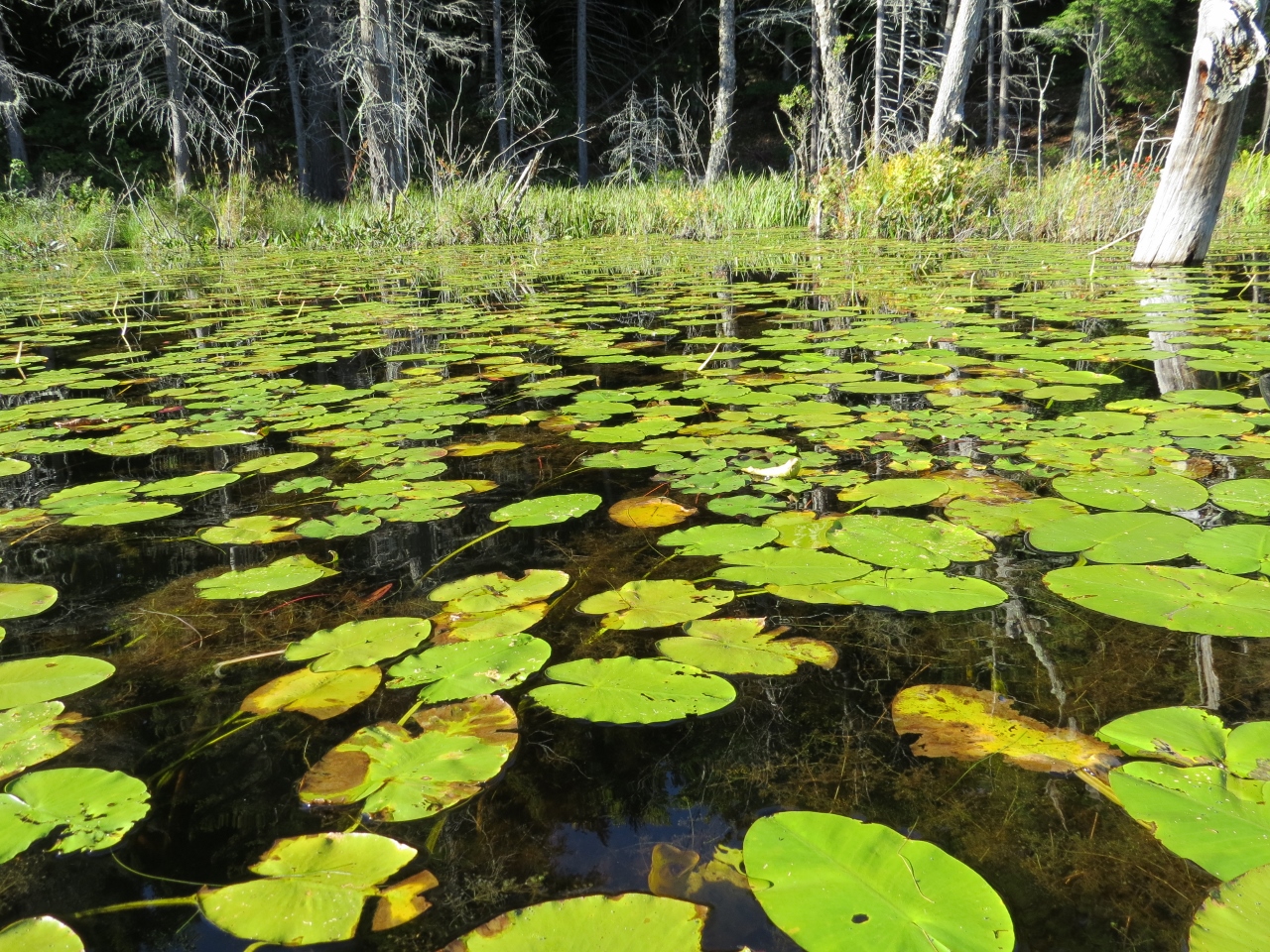
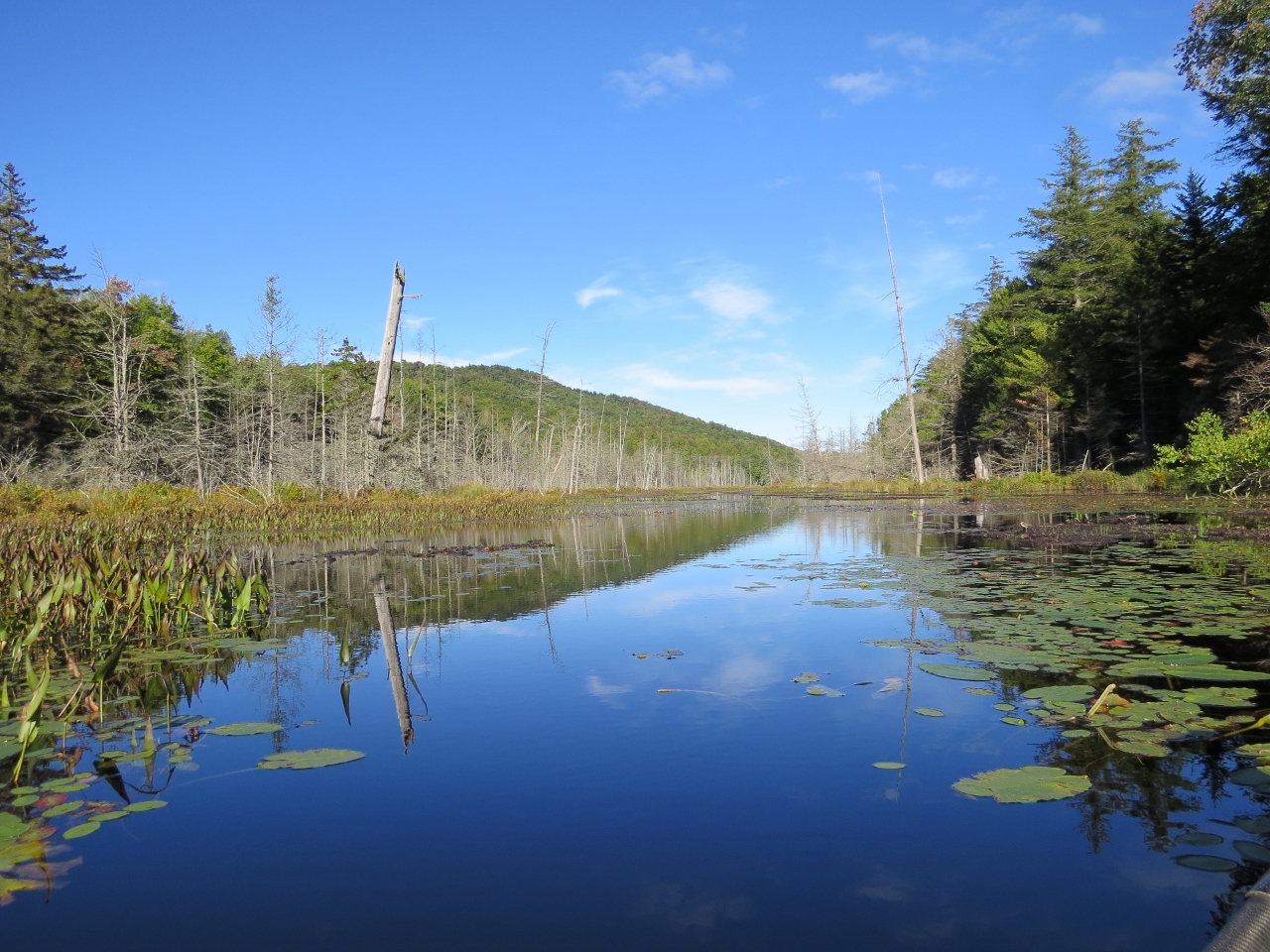
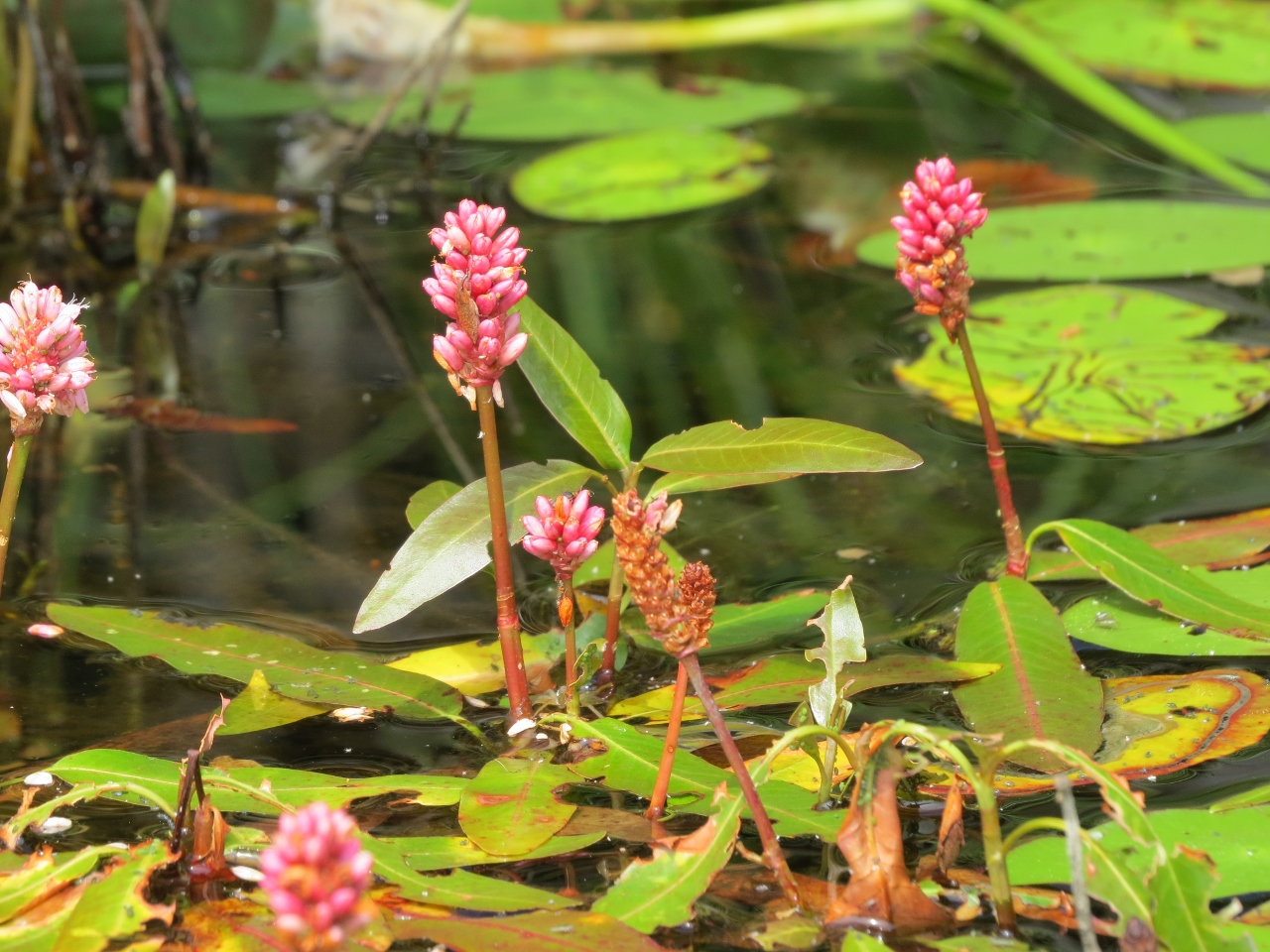
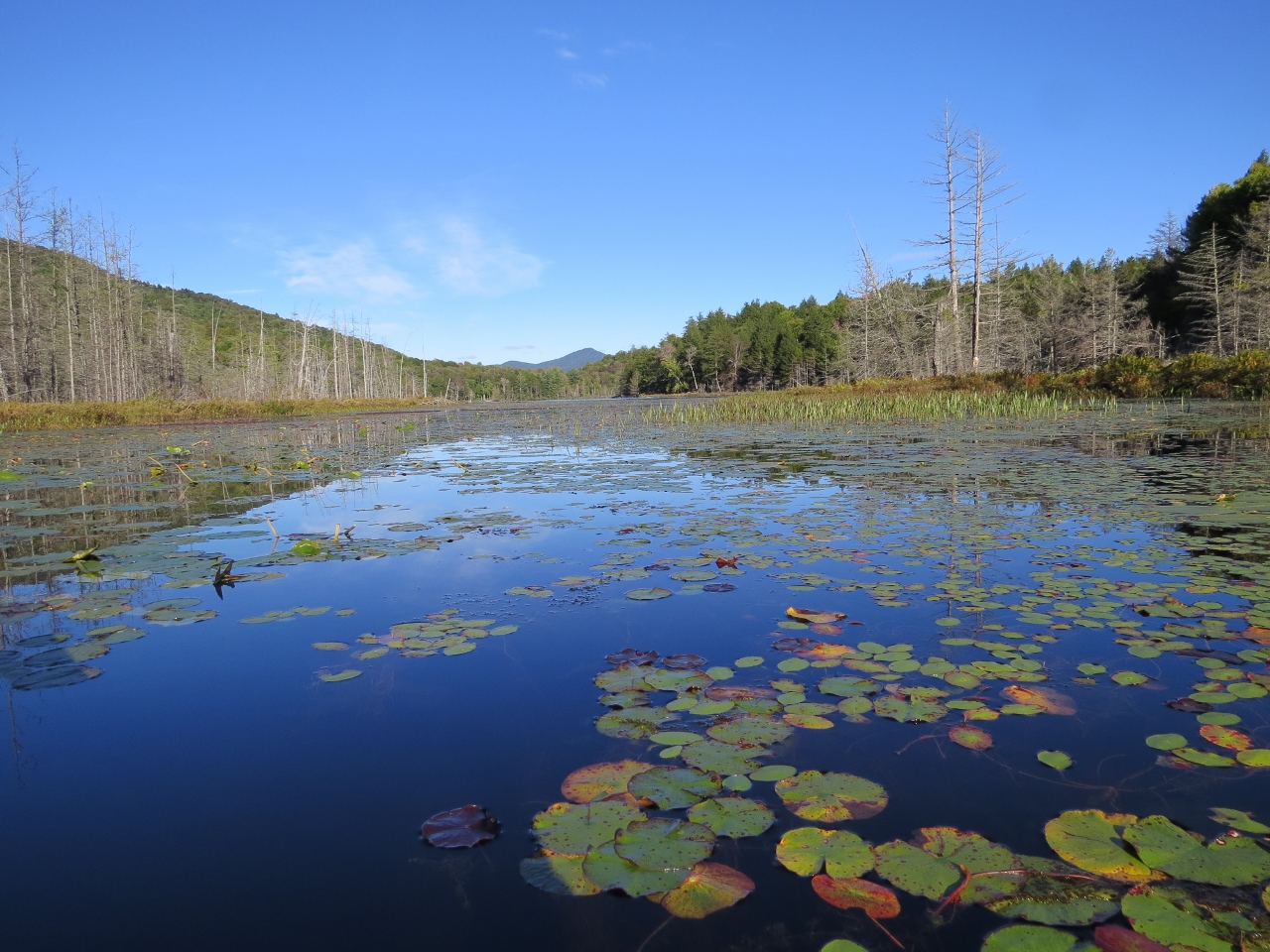
Yet another Belted Kingfisher was found here (I encountered many) perching on the snags as it watched for fish. Then I spotted a bobbing juvenile Solitary Sandpiper, a migrant from the far north on its way south. They are attracted to muddy, vegetation-enclosed ponds and creeks. The floating dirt mats attracted this bird to linger.
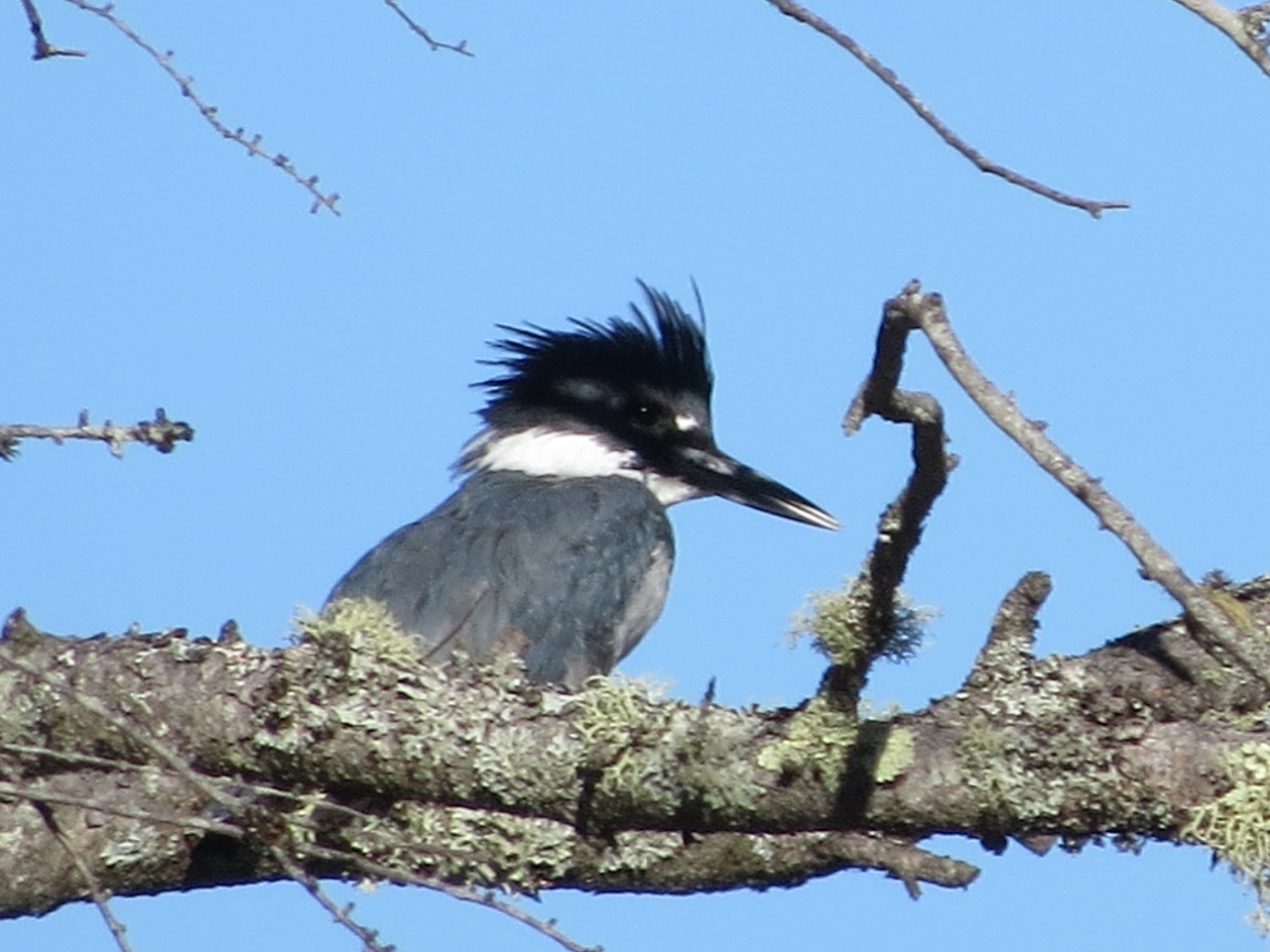
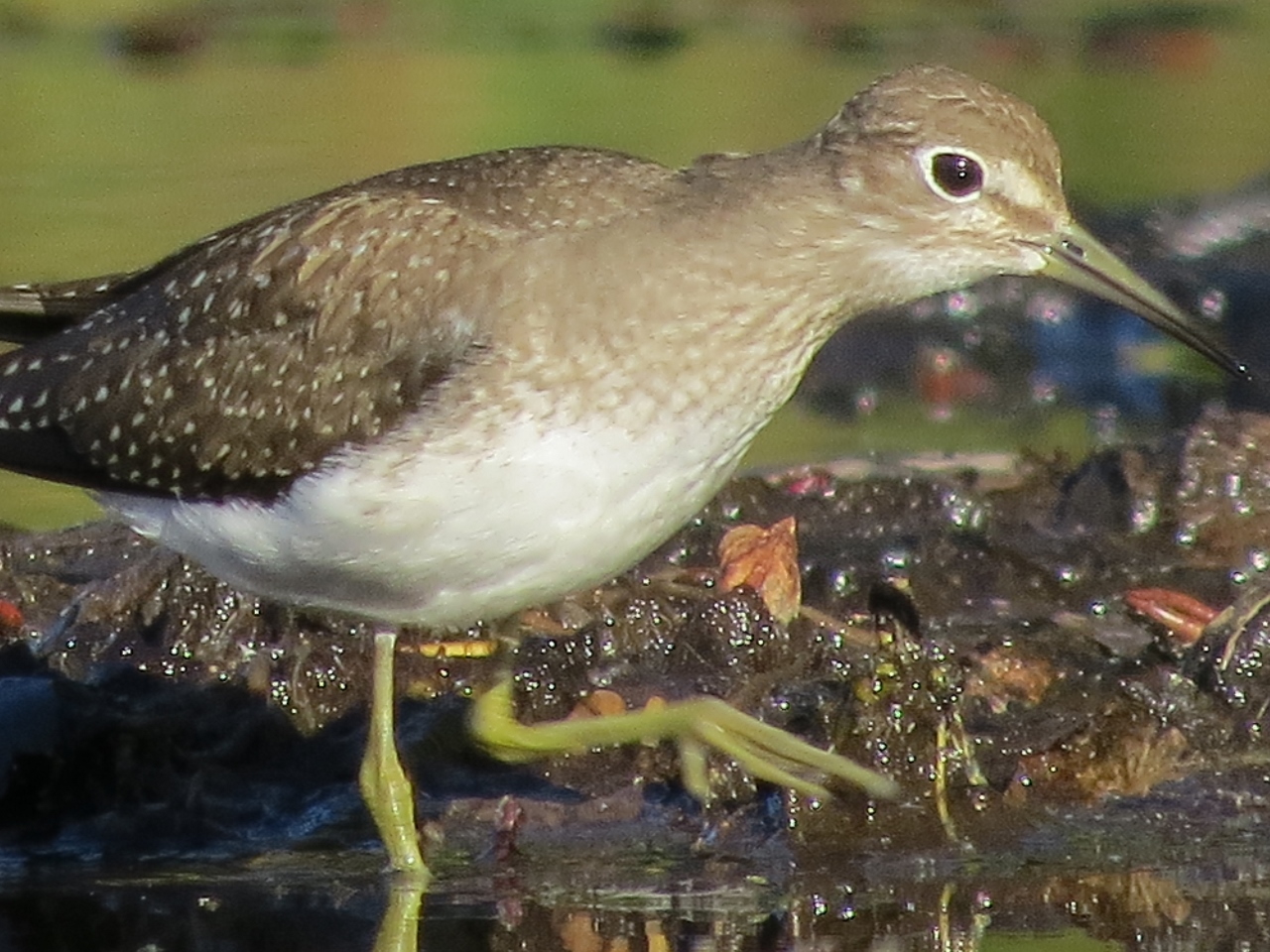
Sixth Lake campsite
Sixth Lake, like Fourth Lake, was also small and intimate. It was just what I had hoped to find. It was getting late as I approached the east end campsite, so I saved exploration of Seventh Lake for the next day. The campsites are primitive, and with the restriction of no fires, there was more vegetation than sites that allow fires. The tent site was on a bit of a hill, but I'm used to bushwhack camping in really difficult, wet places, so the cleared spot was a step up for me. The privies are the new open-air, wall-less models. I prefer these to outhouses, but I guess in rainy conditions you would need an umbrella!
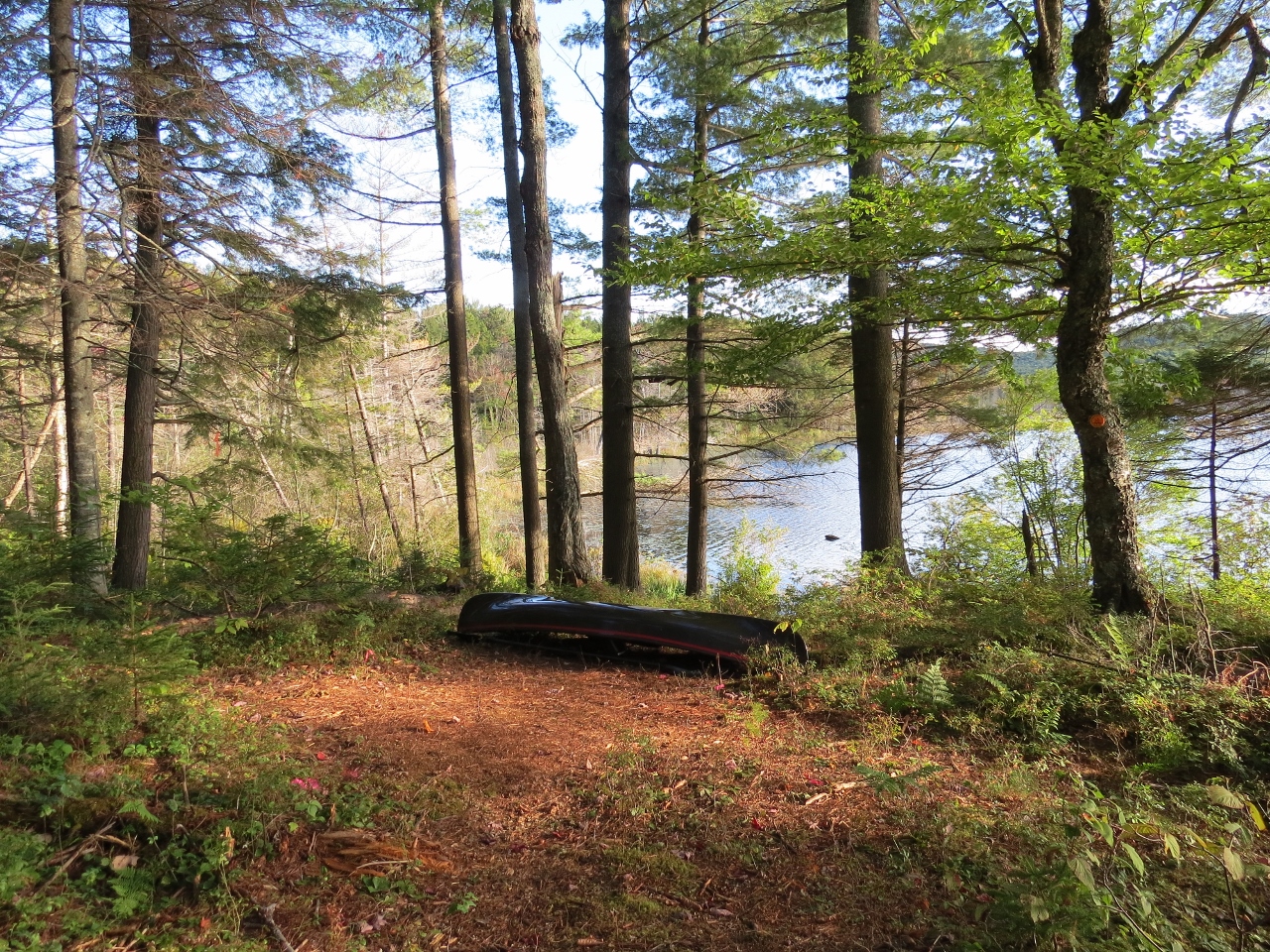
As I was setting up my 3 pound, coffin-like solo tent, I heard the "tew-tew-tew" call of another migrant shorebird passing through from the north, a Greater Yellowlegs. It joined a singing Common Yellowthroat, a warbler species that migrates later than most others. So I had company in the fading light.
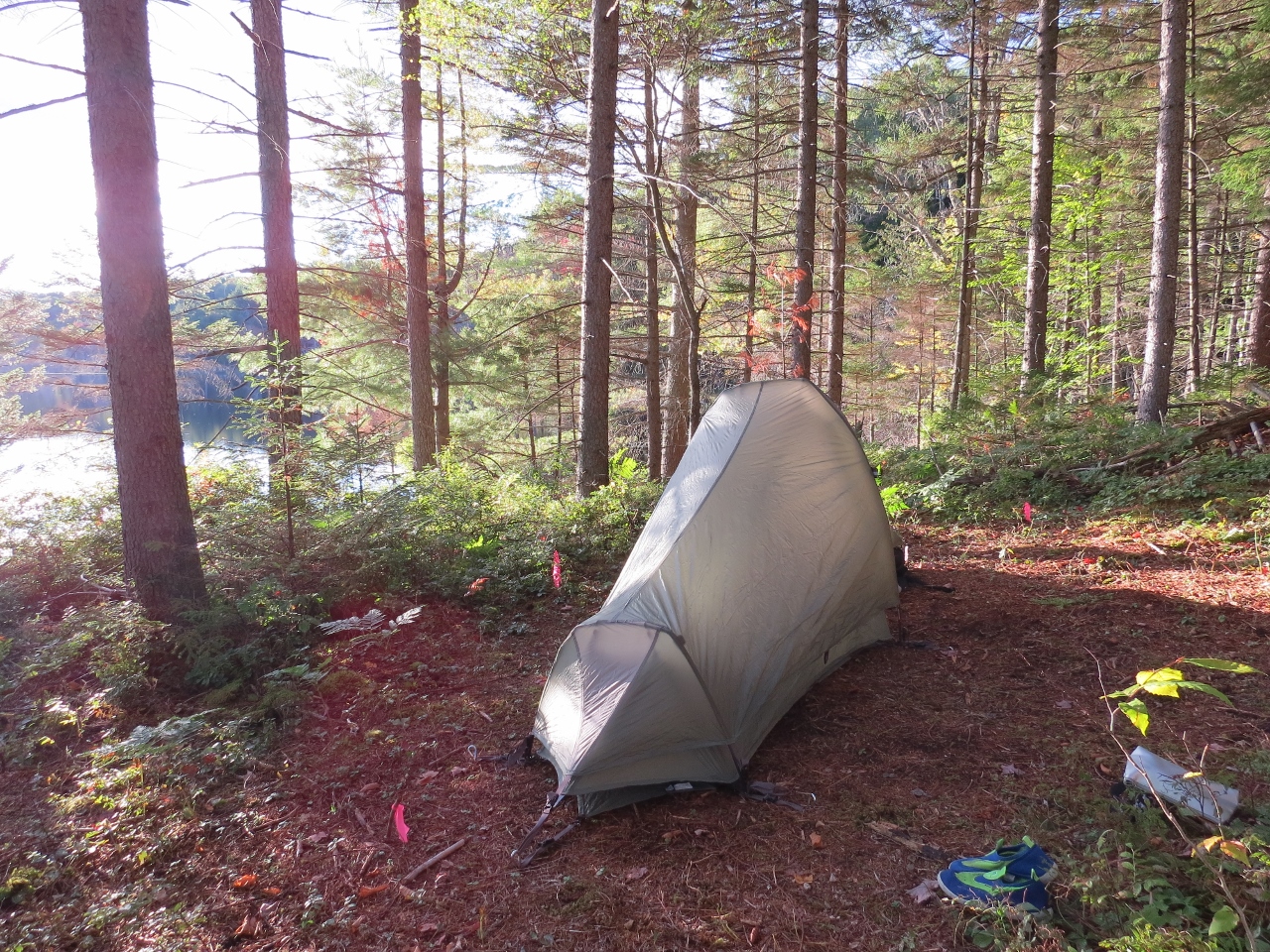
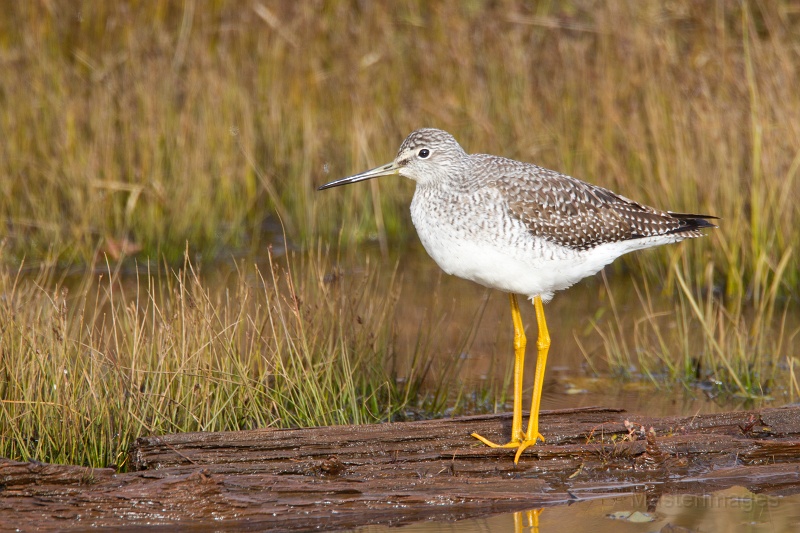
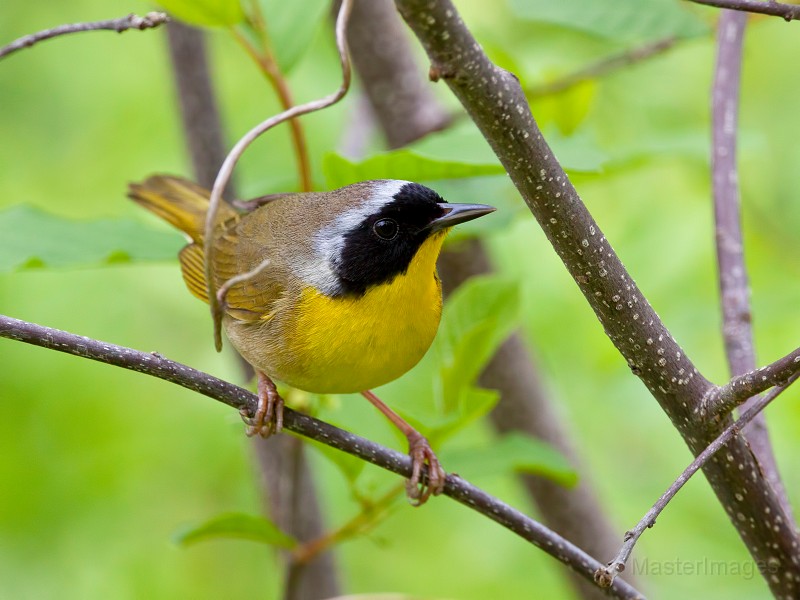
The second campsite on Sixth Lake has a lovely view to the west, and the sunset was spectacular.
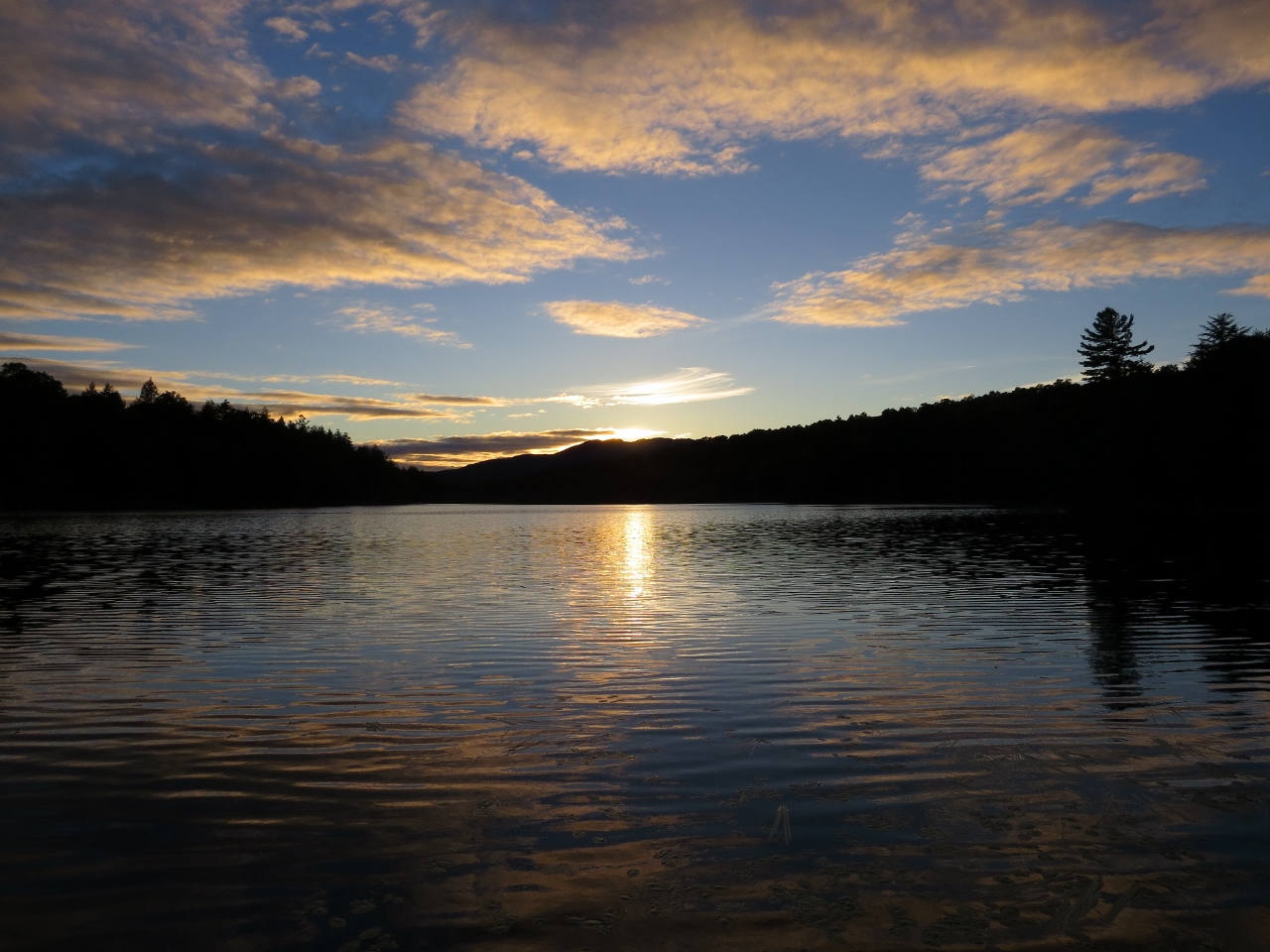
The nightlife
The temperature was dropping as I crawled into my tent, exhausted from all the carrying and canoeing. I snuggled into my down sleeping bag with several layers of clothes on. Just as I began to drift off, the Barred Owls started up. Many Barred Owls! They hooted from all around the lake, and then went into their "monkey calls" — wild, crazy vocalizations. It was a good nesting year for this species, what with the abundant small mammal populations available for food.
I continued to wake through the night. The nocturnal world thrills me and it is my favorite reason for camping; to clearly hear all the night sounds away from the four walls, and all the appliance motors, of my home. I heard splashing in the lake and wondered if it was a beaver or moose. All night, I heard the call notes of migrating Swainson's Thrushes. They are abundant migrants this time of year. Most songbirds migrate at night. An unseen river of birds flow over us as we sleep, and most of them call as they travel. I am often sleep deprived from standing outside, in awe of this river of birds flowing over in the dark. Birders watch for northwind forecasts in the fall, which is when most birds will choose to migrate. In the spring, we watch for southerly winds.
Dawn
Migrating birds land just before dawn, so I was up early to take it in. Swainson's Thrushes "whit" called from the forest all around me. It can be a very loud time with all the birds calling, but as dawn comes on, they seem to melt away into the forest.
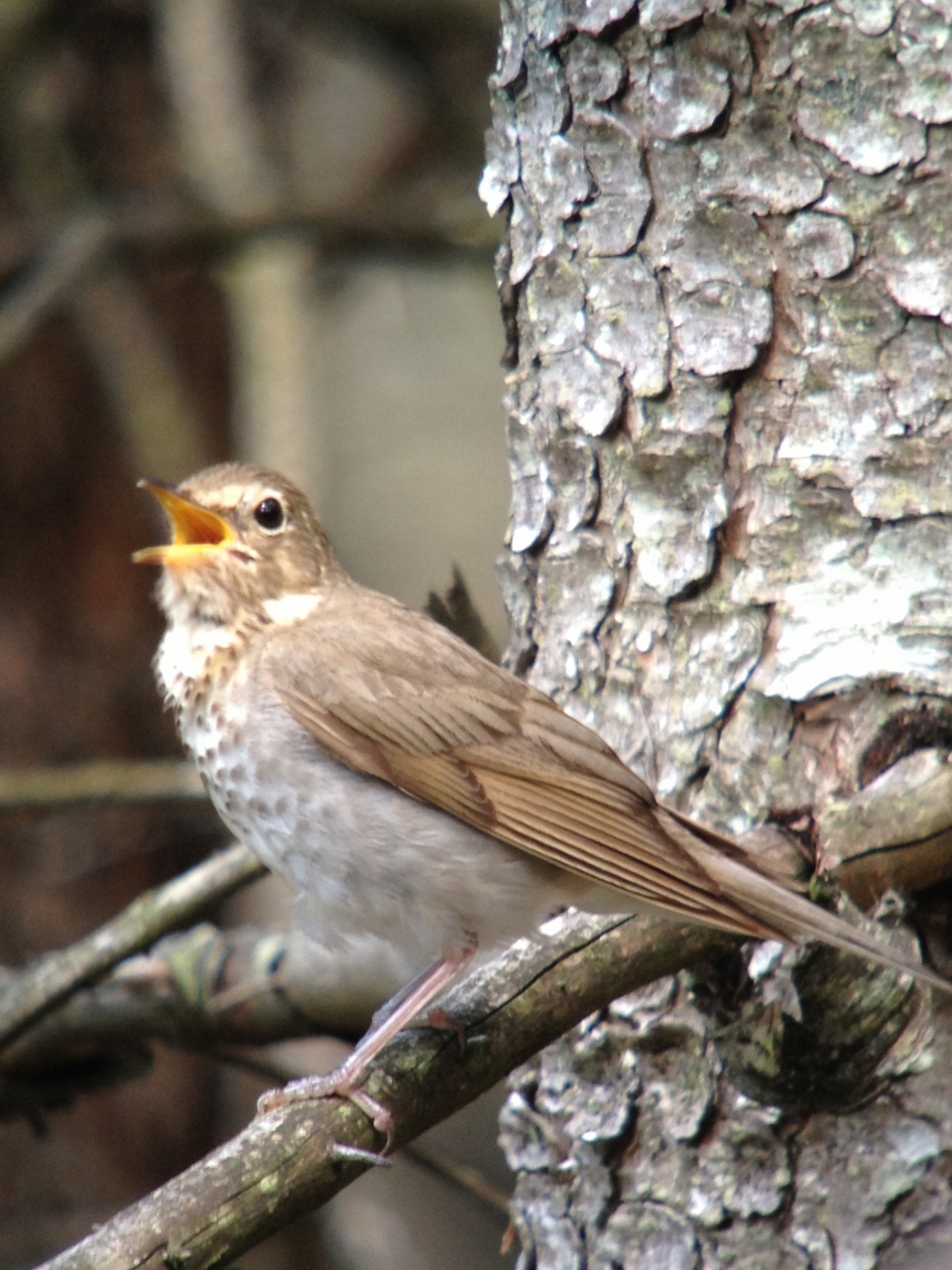
Local breeding birds, like the Common Yellowthroat and Blue-headed Vireo, were still in singing mode and they were abundant at Sixth Lake. A Pileated Woodpecker called and a Belted Kingfisher rattled as it fished. Mixed species flocks flew around the trees near my camp. A curious, lovely male Black-throated Blue Warbler flew within a few feet of me as I ate breakfast.
What at first seemed like a coincidence eventually appeared to be purposeful behavior. A red squirrel living near my tent was dropping large white pine cones from the tops of the massive trees, resulting in loud thumps. No matter where I stood along the shore, the cones were missing me by only inches. The squirrel seemed intent on hitting me, or at least making me go away! Watching the animal eat the cone seeds reminded me of a human eating corn-on-the-cob!
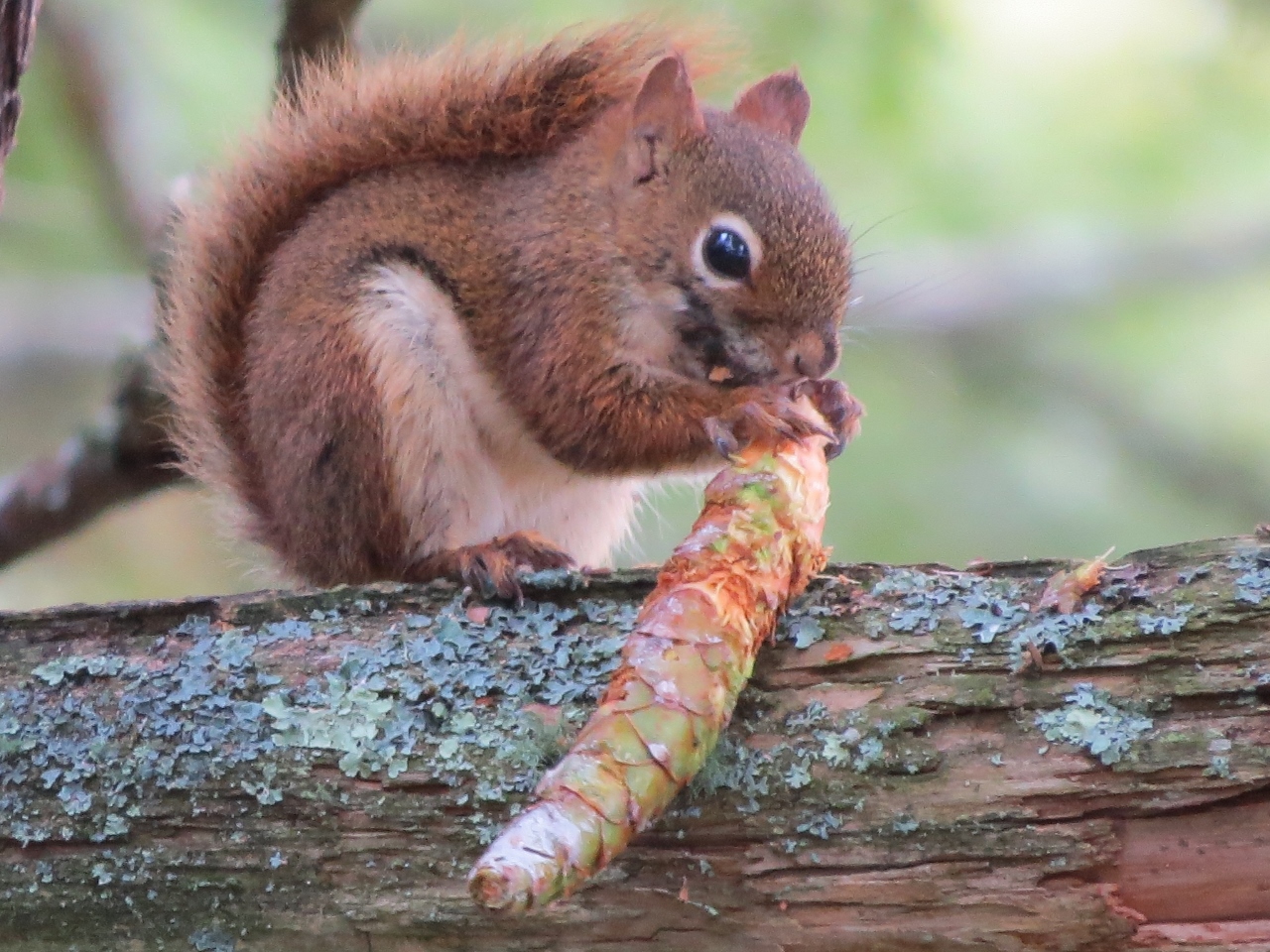
As forecast, it was freezing at dawn. I was at the eastern end of the Chain of Lakes and all the fog was rising from the warm water. Of course, the fog was being blown toward me on the west wind. So I shivered for three hours before the sun finally burned through that fog.
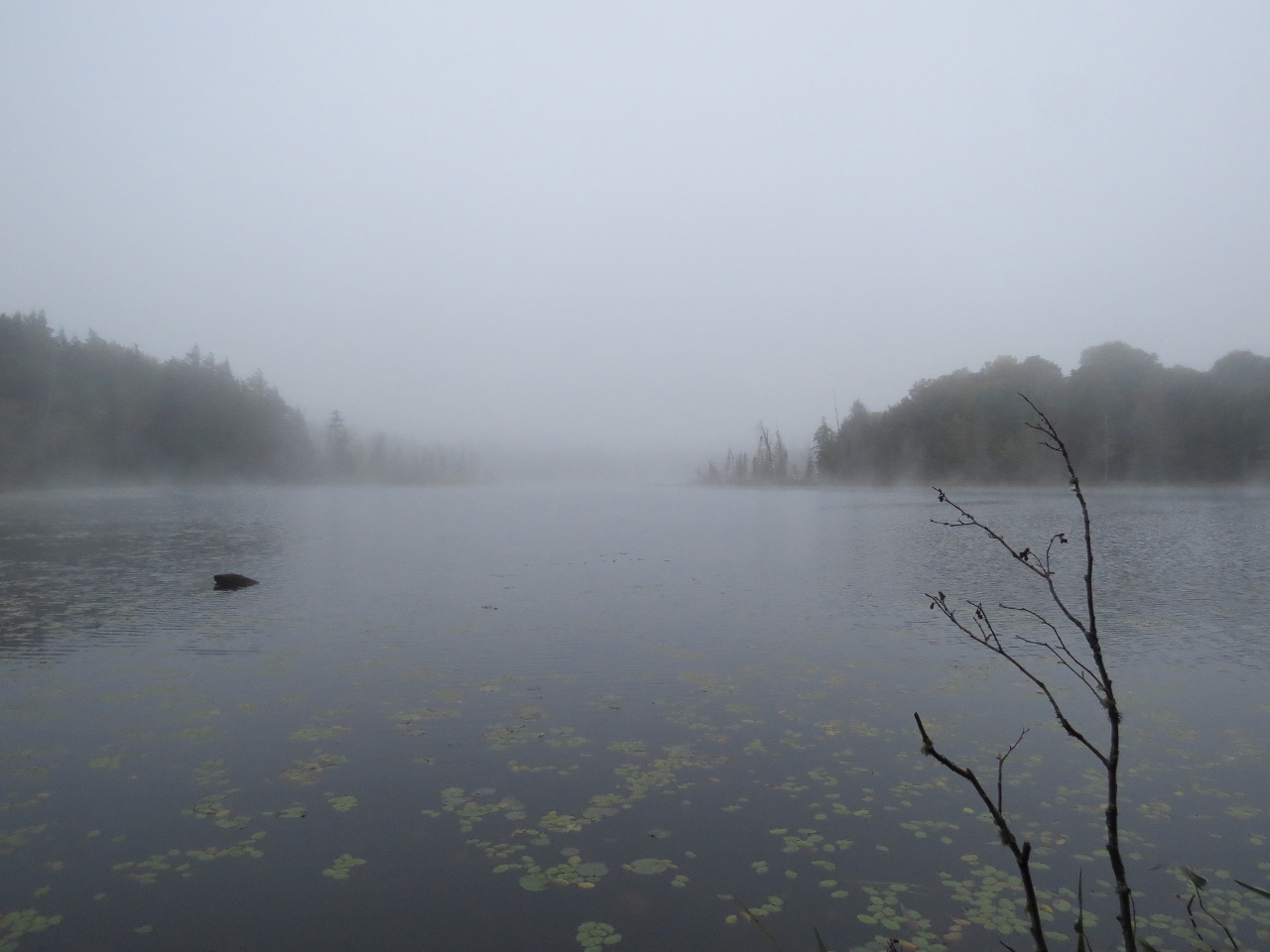
Oh, but when the fog cleared away it left Sixth and Seventh Lake as giant mirrors of the sky and trees above. There was not a ripple on the water. Calm, clear, cold mornings are a fabulous part of life in the Adirondacks.
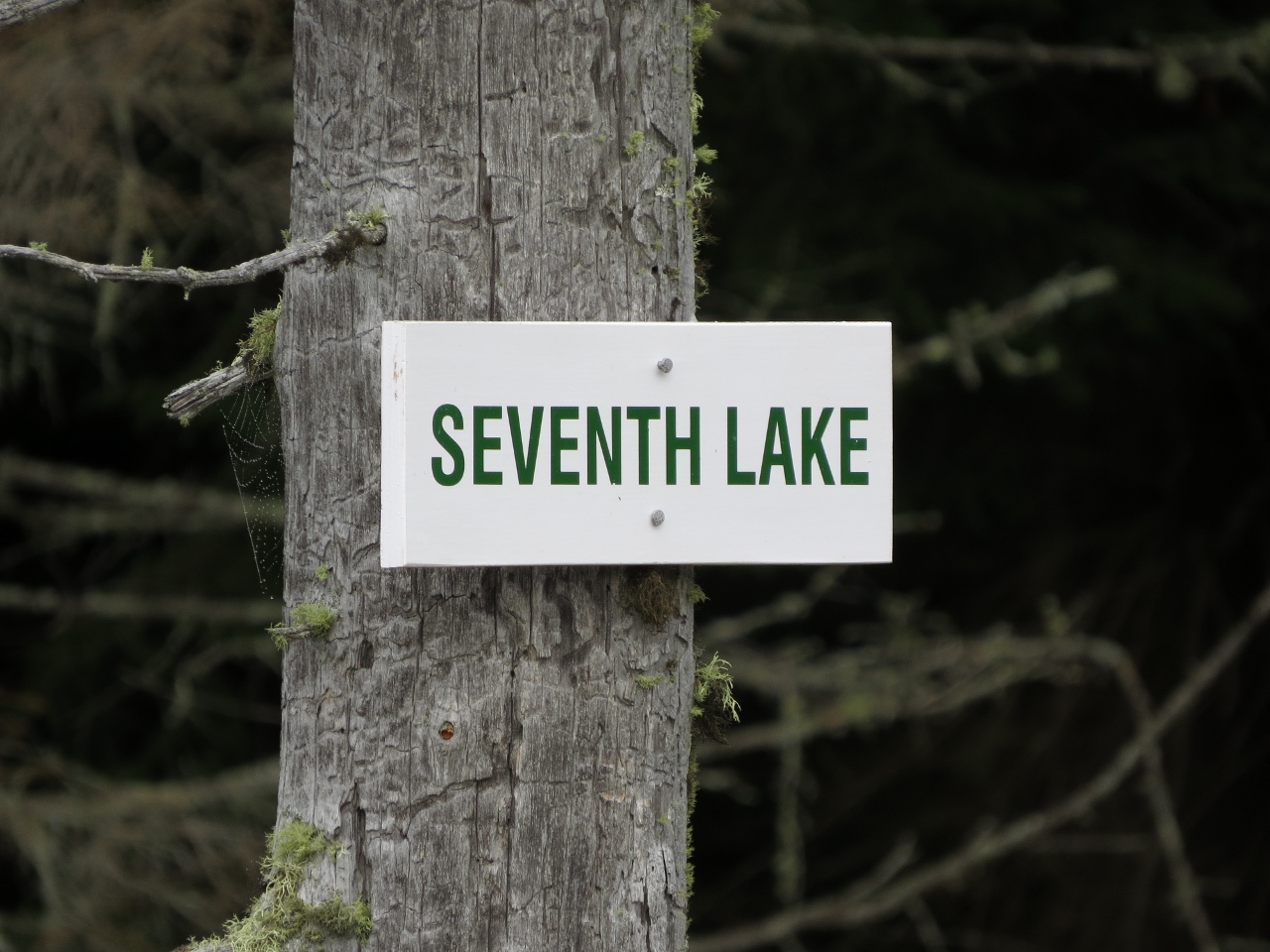
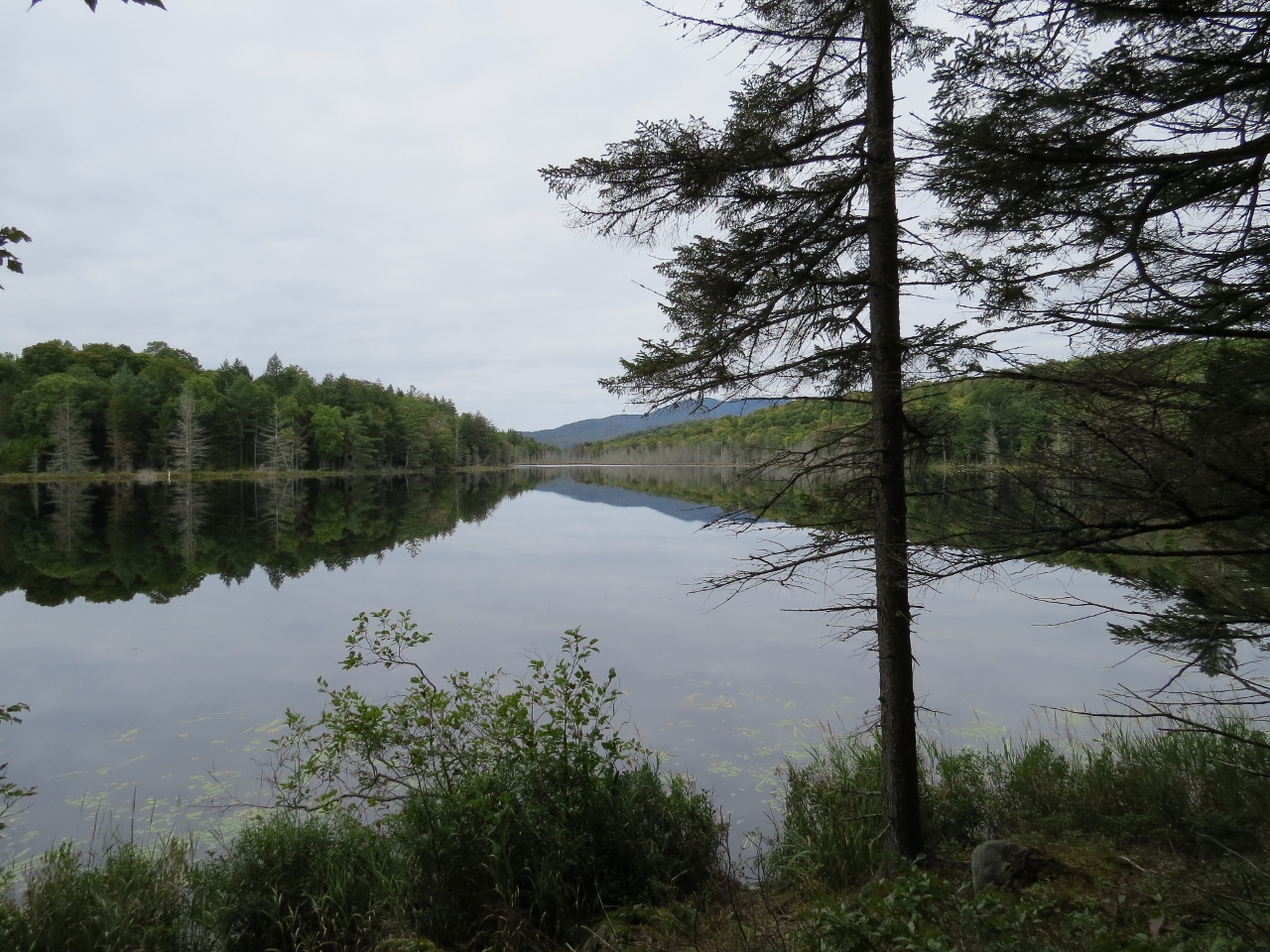
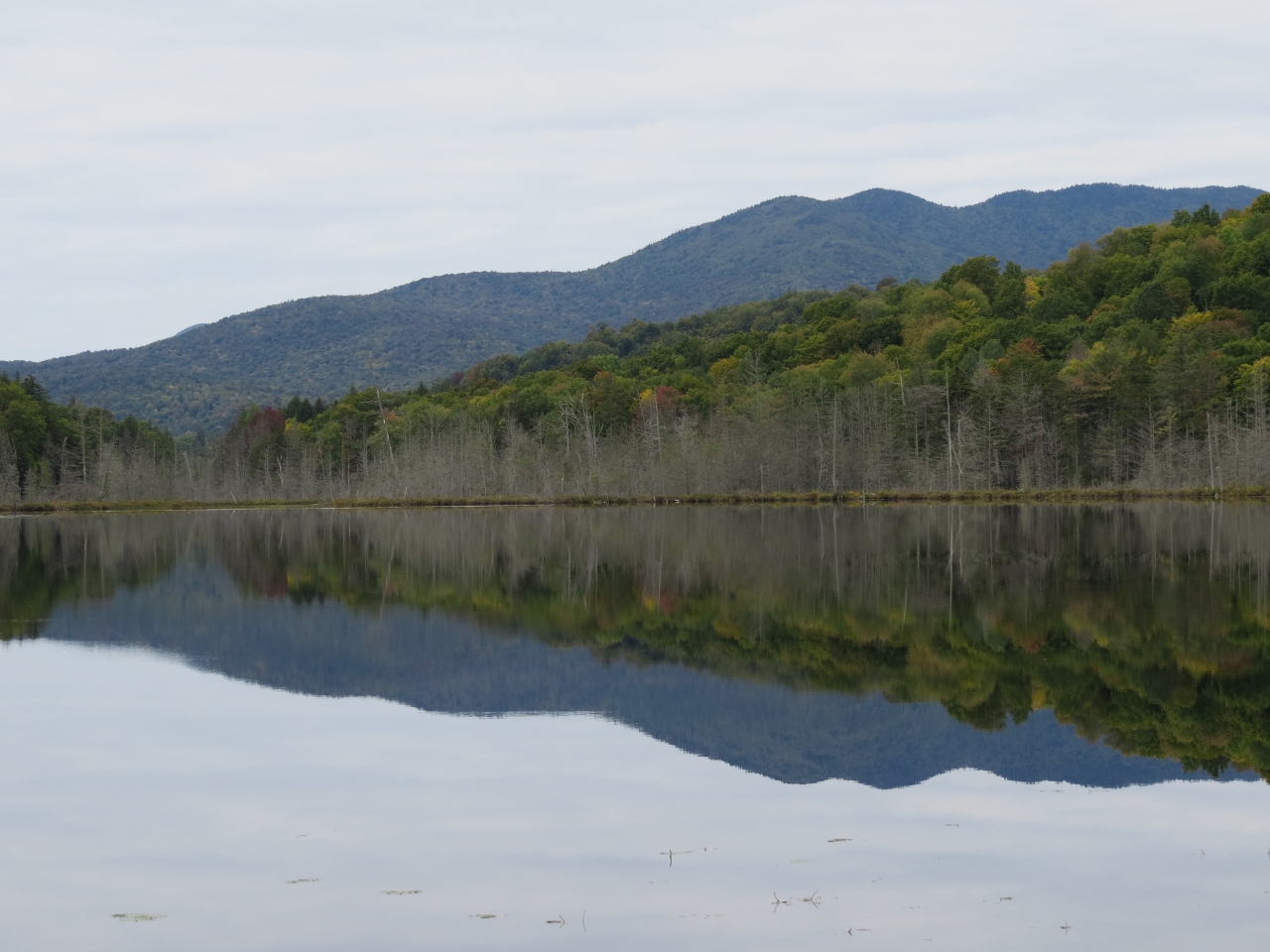
Seventh Lake was a beautiful reflection of the world around it. I kept stopping my canoe to stare at the scene. It was so calm and peaceful. Like the Solitary Sandpiper, I lingered. I wanted to drink in the quiet before heading back into the world of motors.
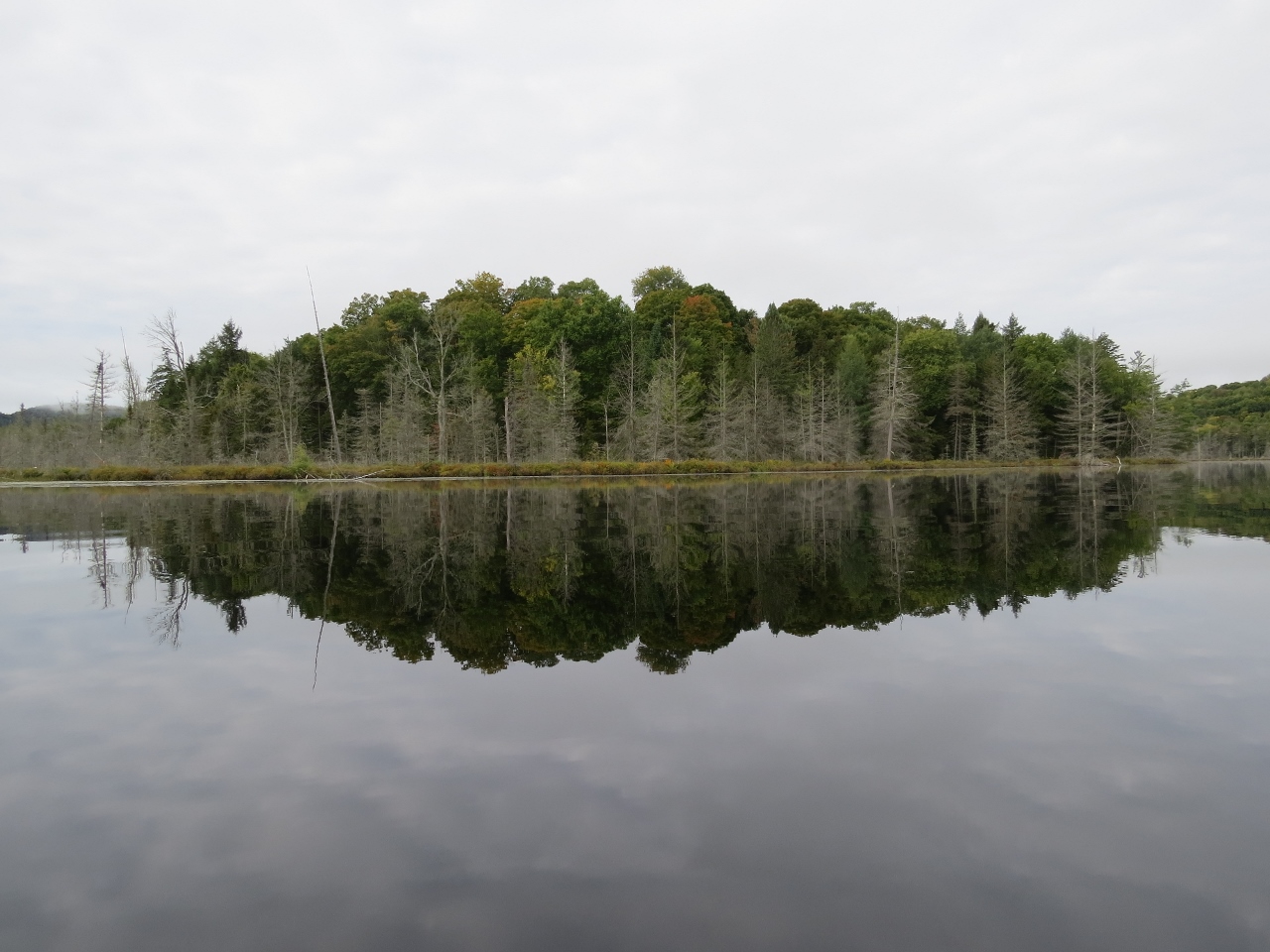
Heading west
I broke down my camp and headed west across the chain. At Fifth Lake, the Common Loon family was busy fishing. A white-tailed deer placidly drank at the edge of the lake.
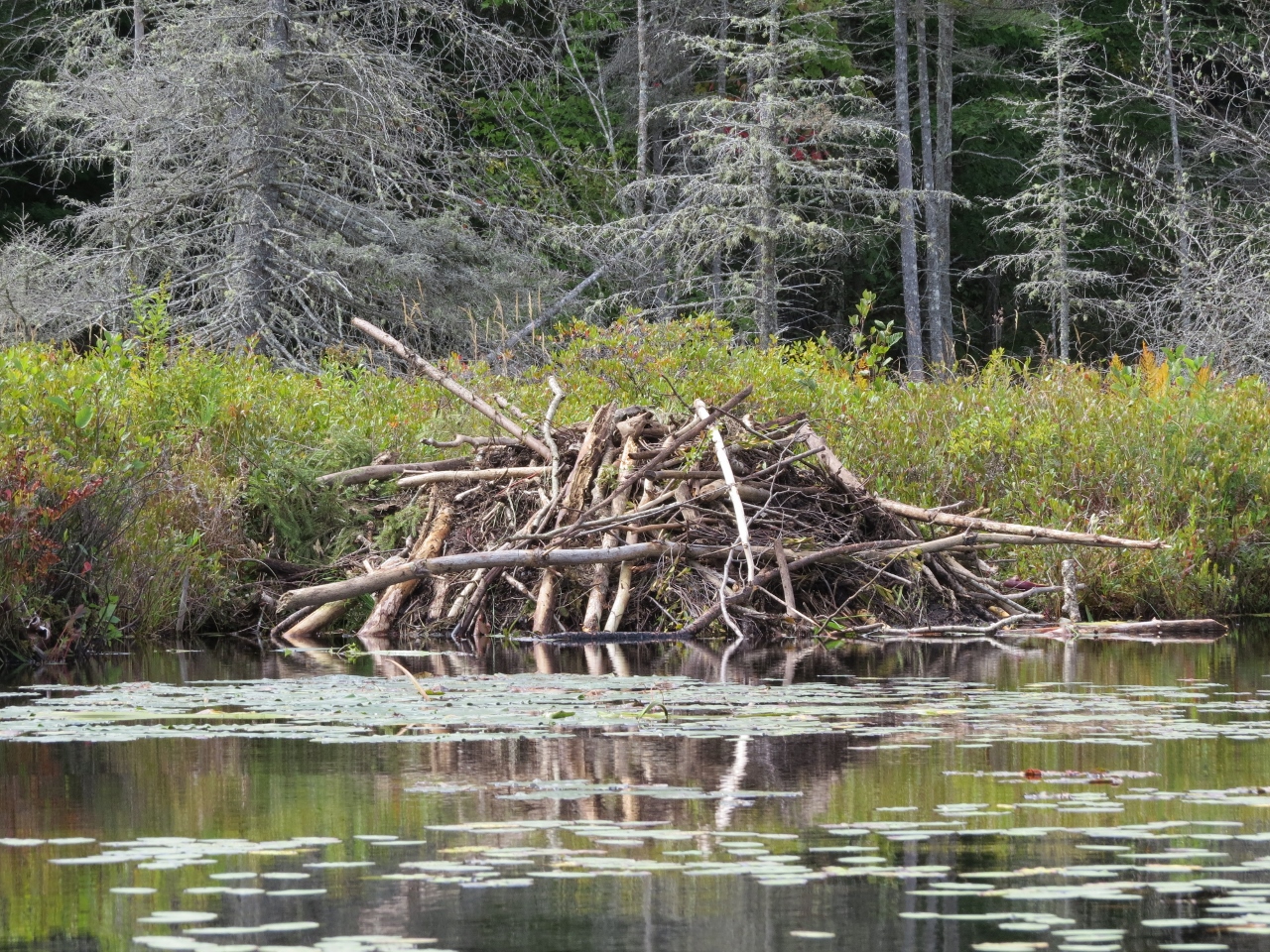
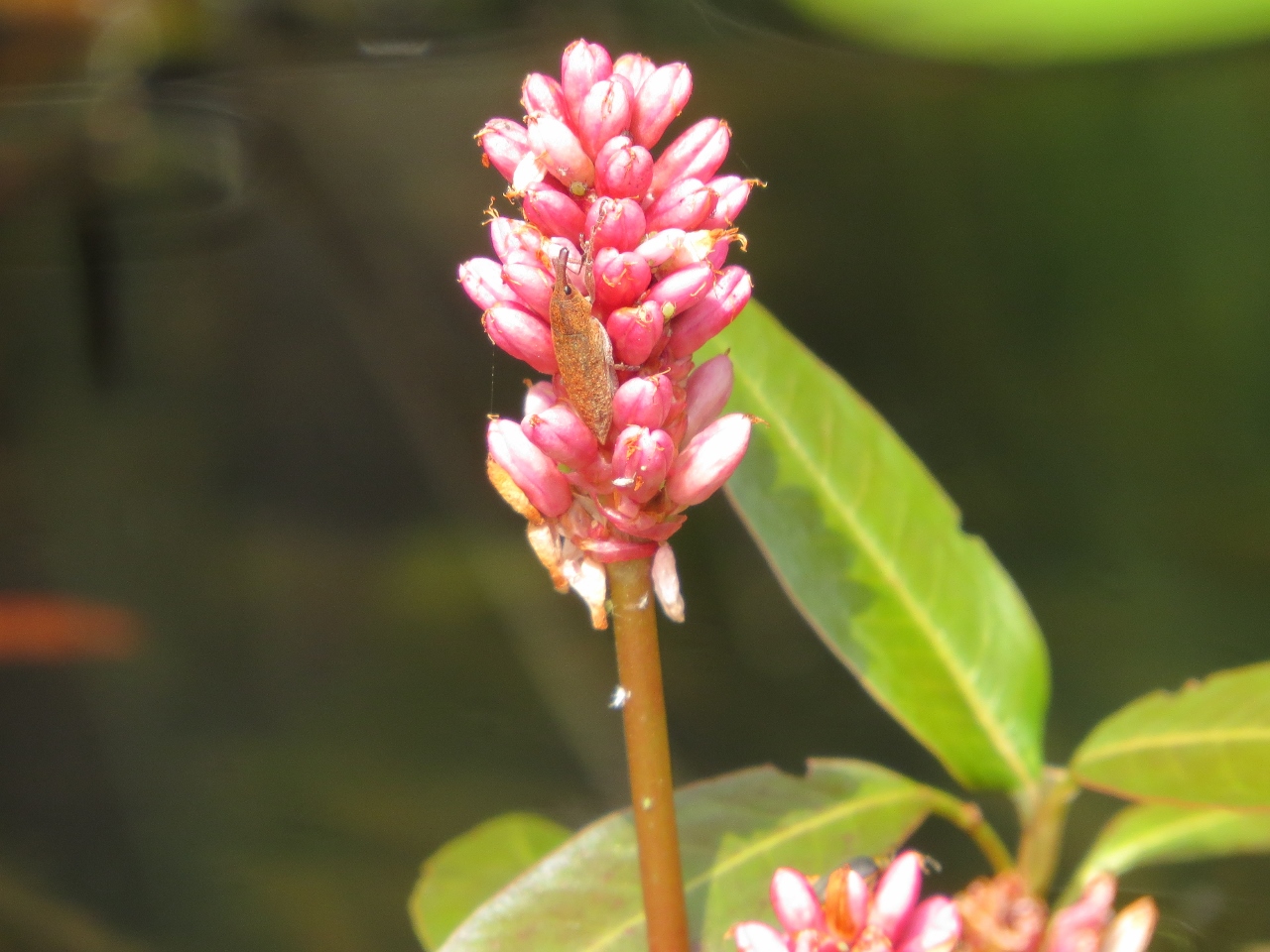
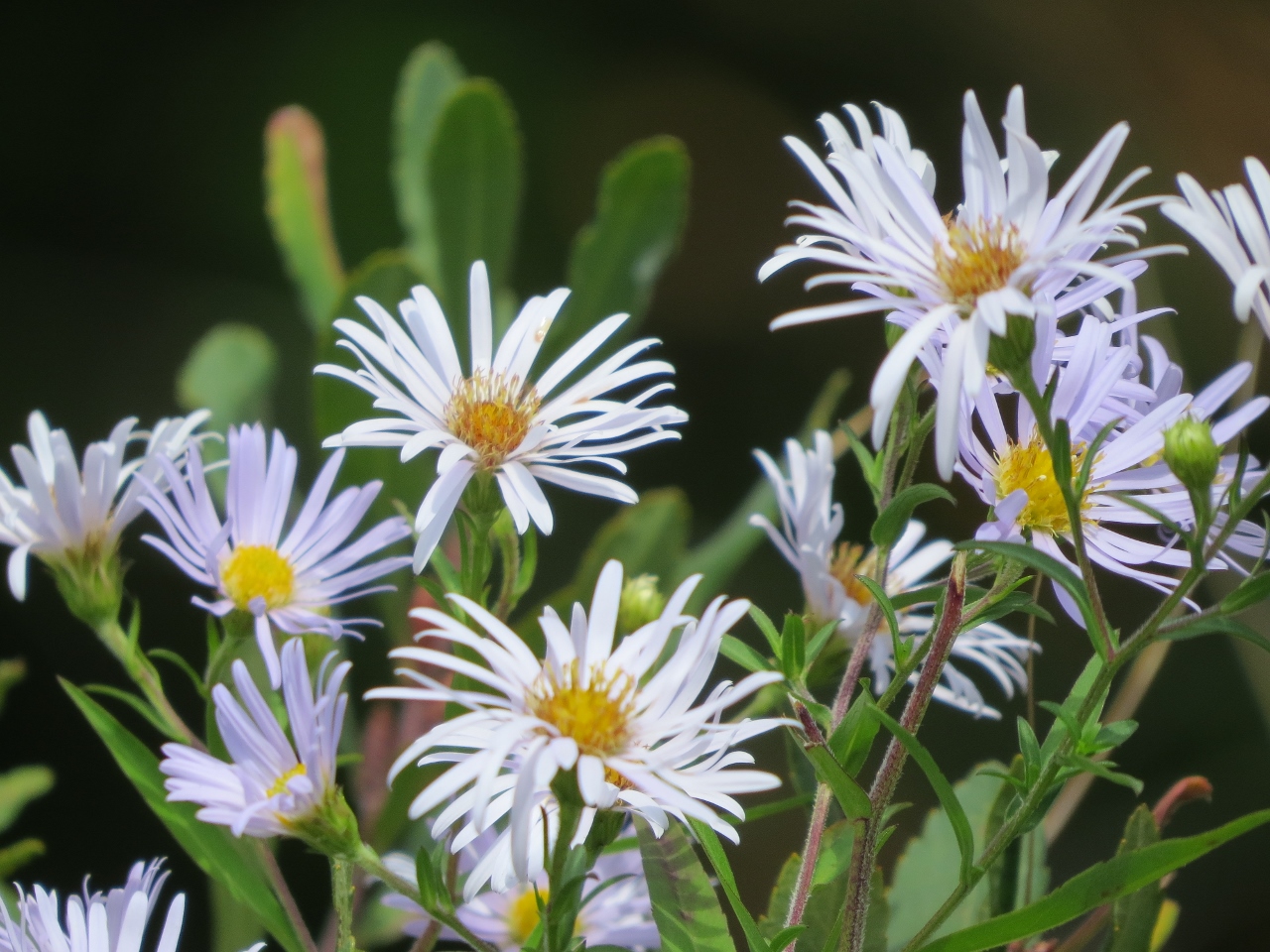
I pulled through the culvert and found that Fourth Lake was also a mirror of the world around. The only ripples came from a preening Common Loon. The bird preened the entire time I was on Fourth Lake, and it spent a great deal of time upside down with its belly and feet up!
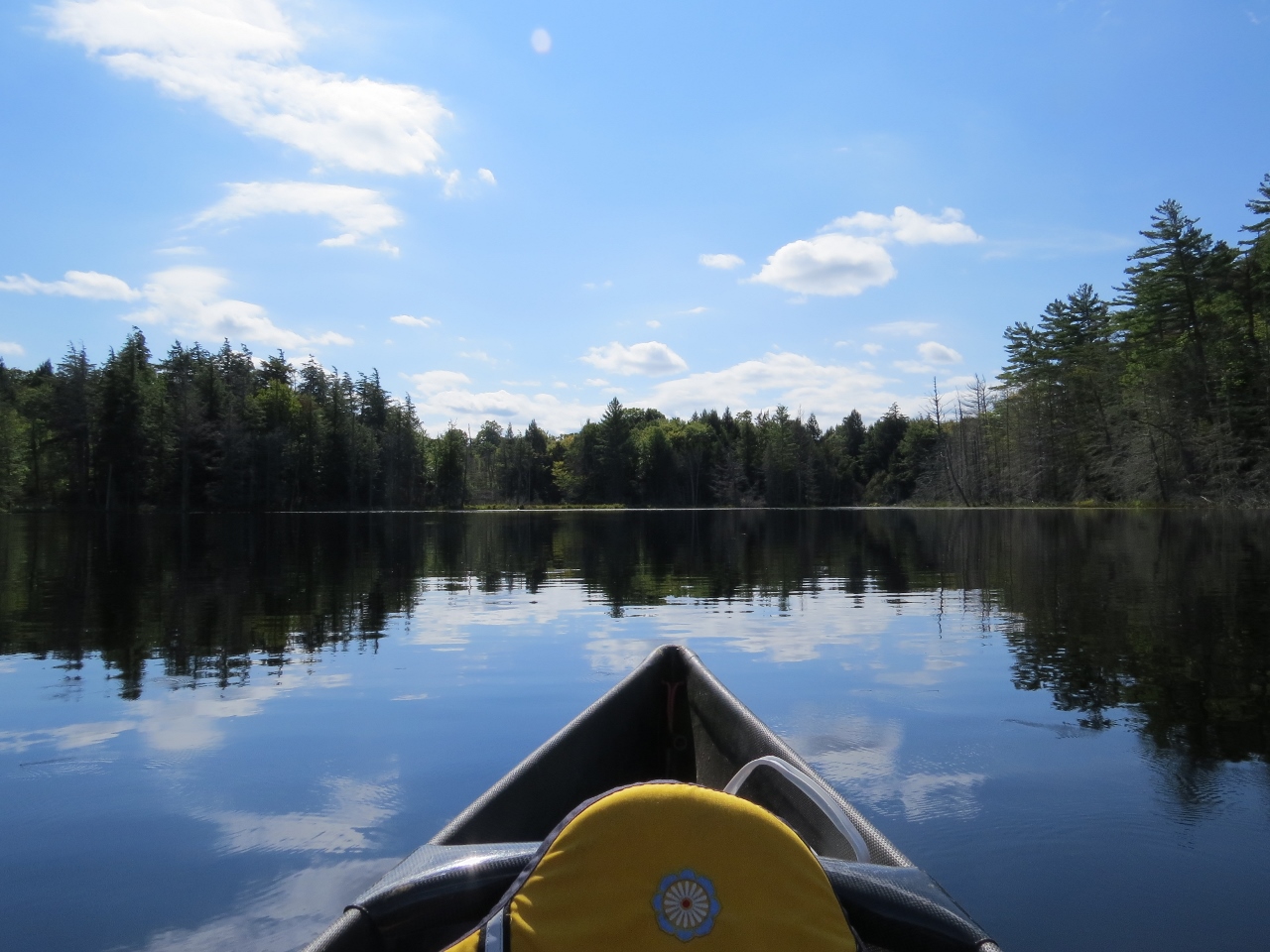
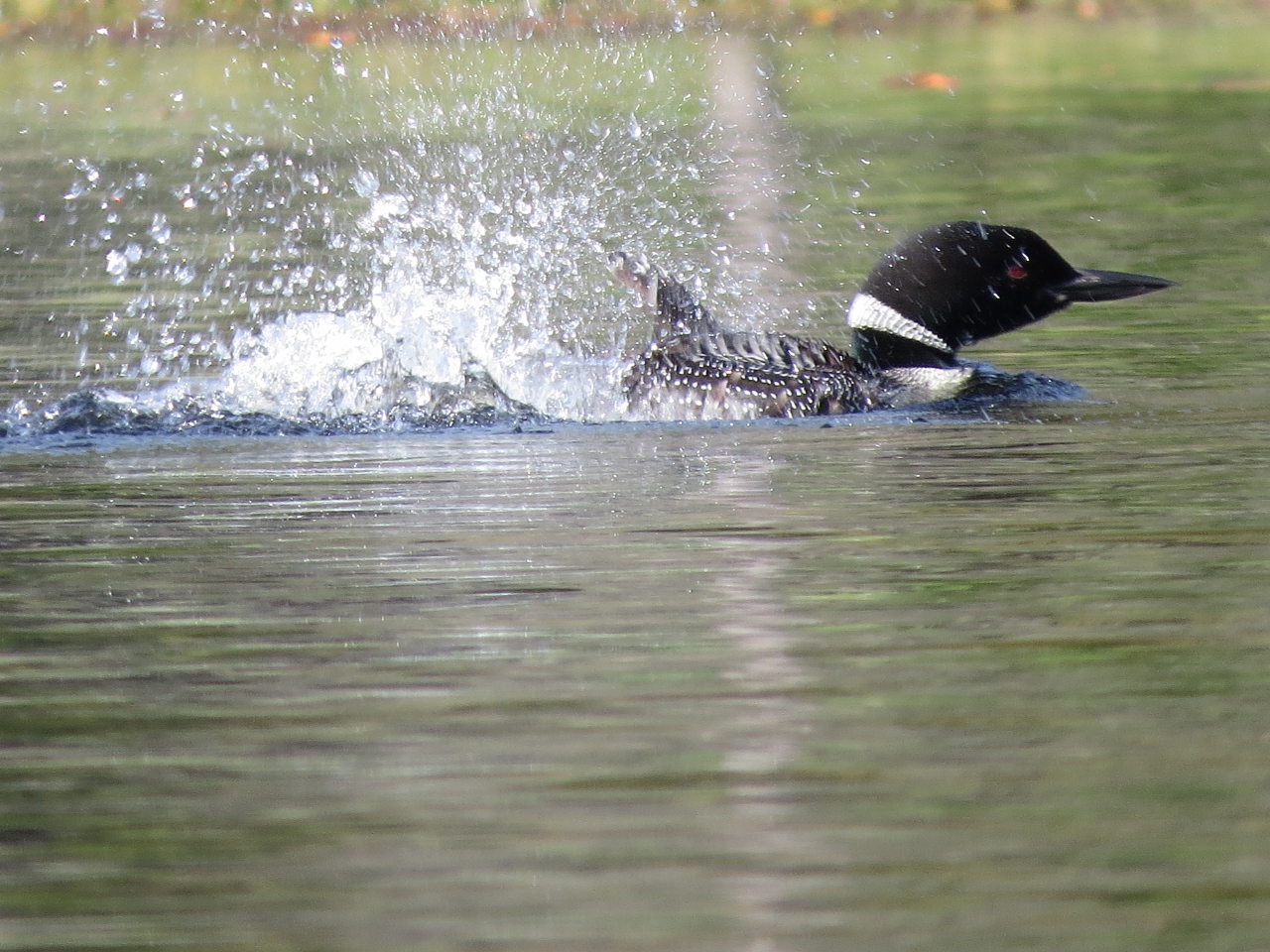
At the canoe take-out on Third Lake, a solo adult Common Loon was observed with a young loon, and I wondered if this was yet a fifth baby observed in the chain.
The carries again
Once again, I broke my load in two and hiked the carries twice. I met teams of young people working for the SCA (Student Conservation Association). They were doing wonderful work on the carry trails. The muddy trail I encountered from Deer Pond the prior day had been transformed to a smooth, dry trail by the time I hiked out thanks to the students. Their next big project was building steps on the short trail to Deer Pond from the parking area.
I gave myself a reason to return again soon. Exploration of First Lake, Second Lake, and Grassy Pond would wait for another day!
On the way out, I suggested lodging options to a man and woman who were day-canoeing the chain. There are many lodging and restaurant choices in nearby Long Lake, and the Central Adirondack Region.






